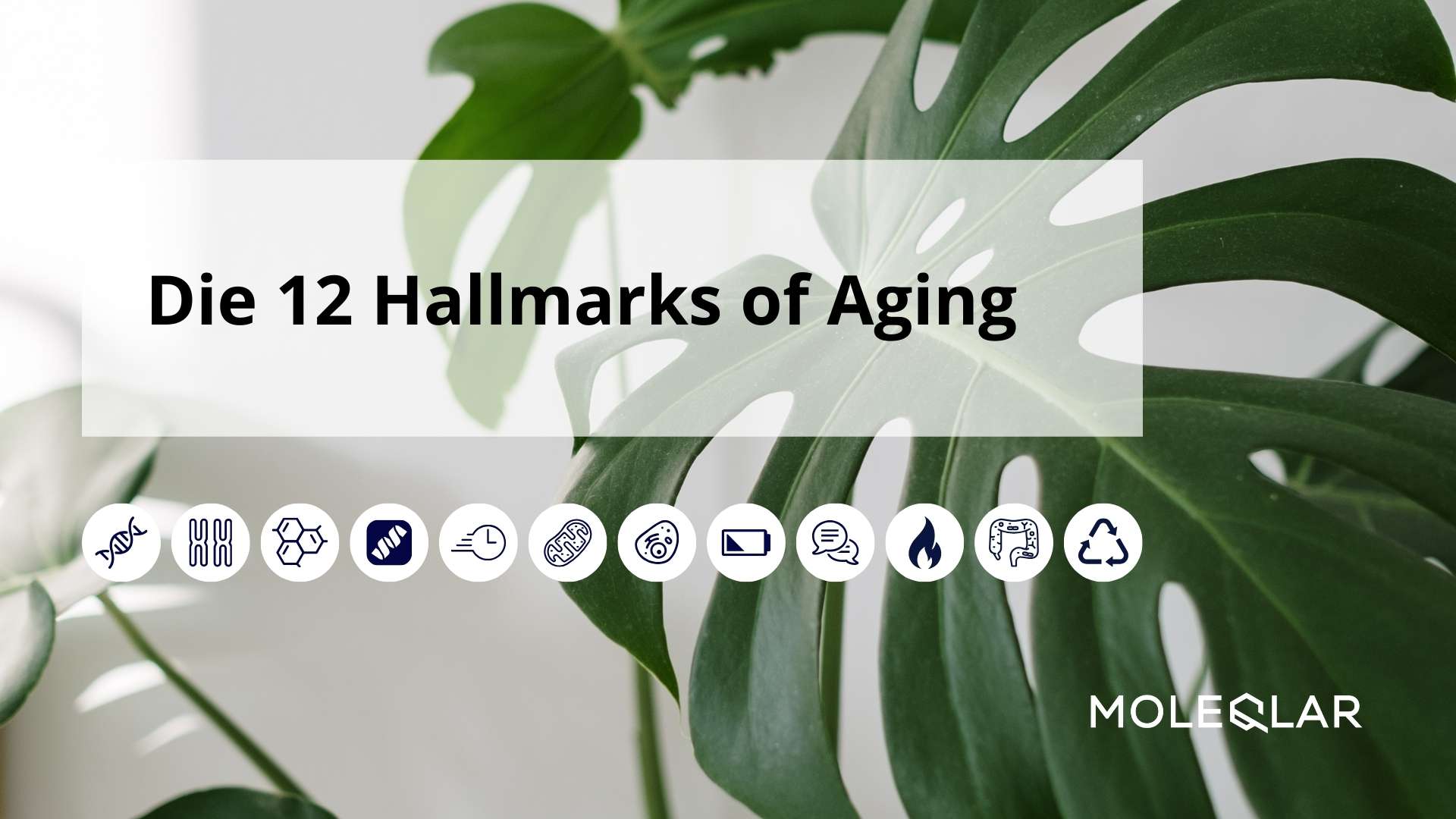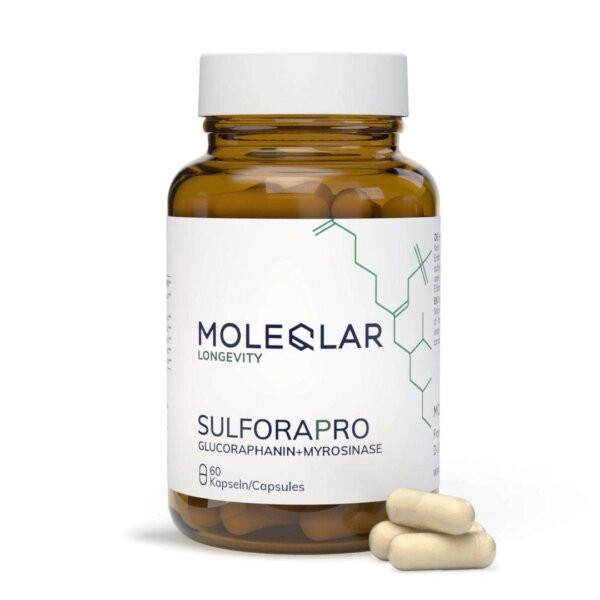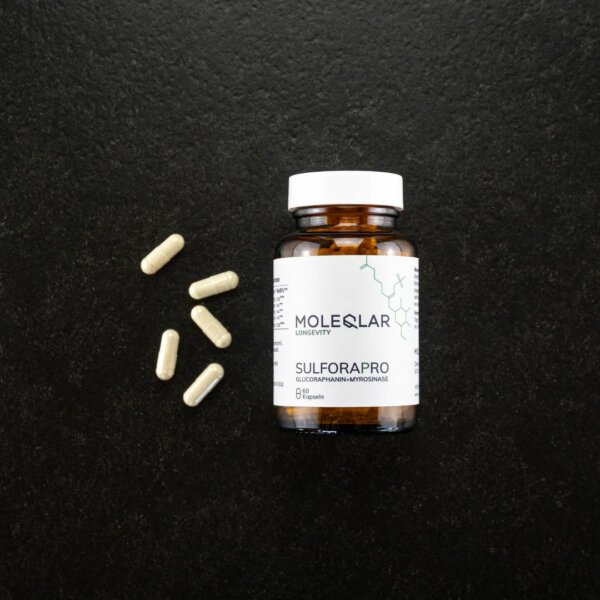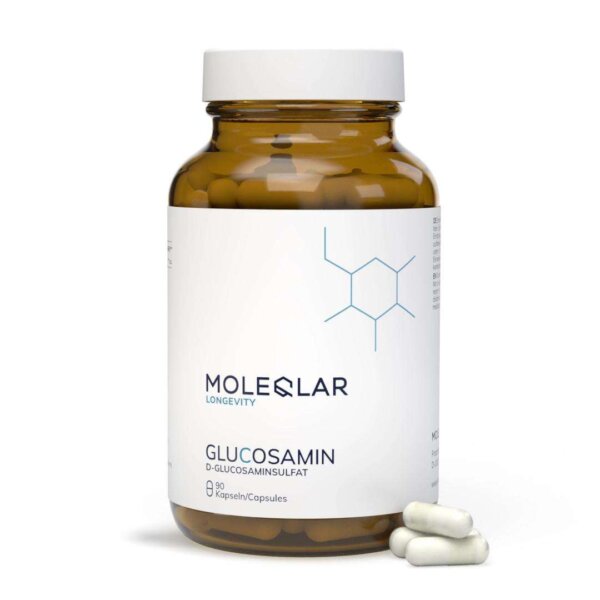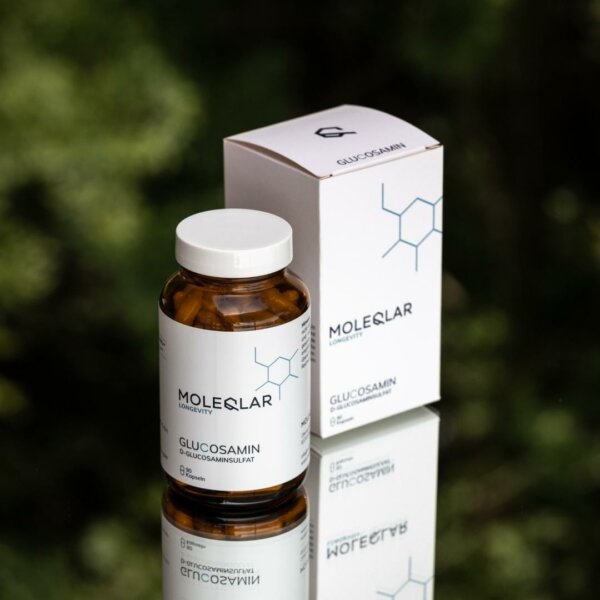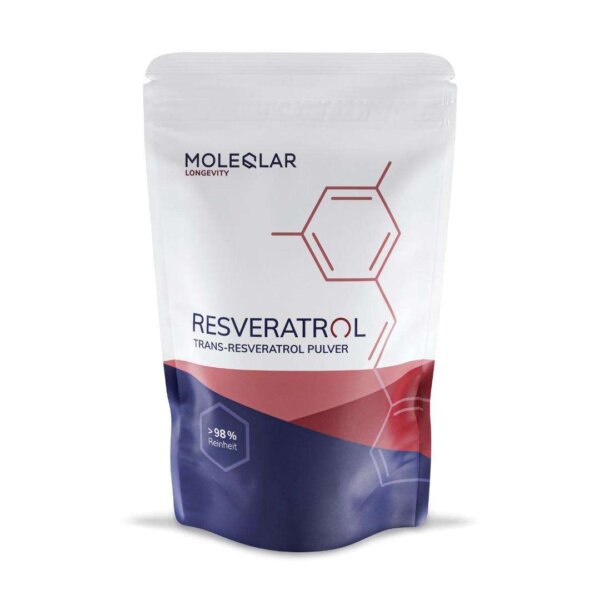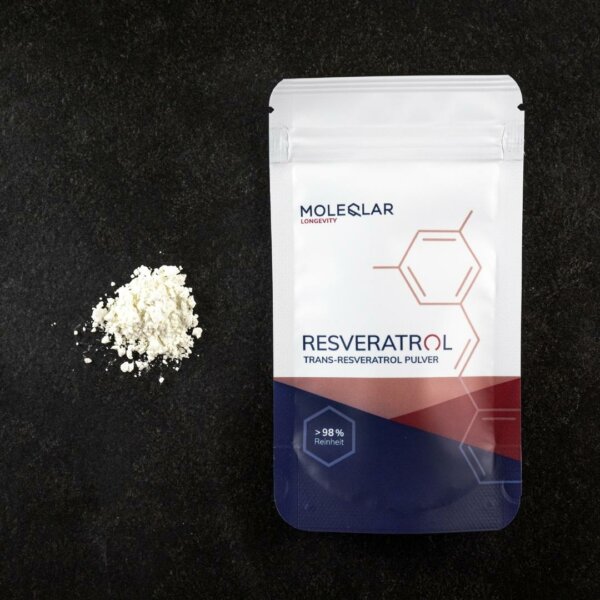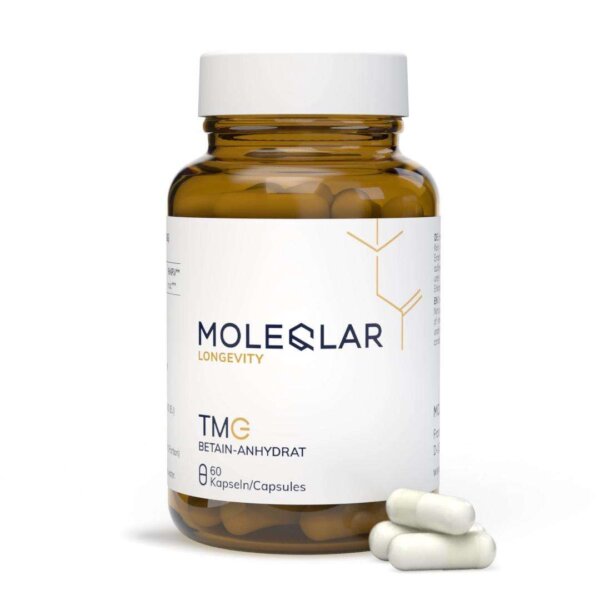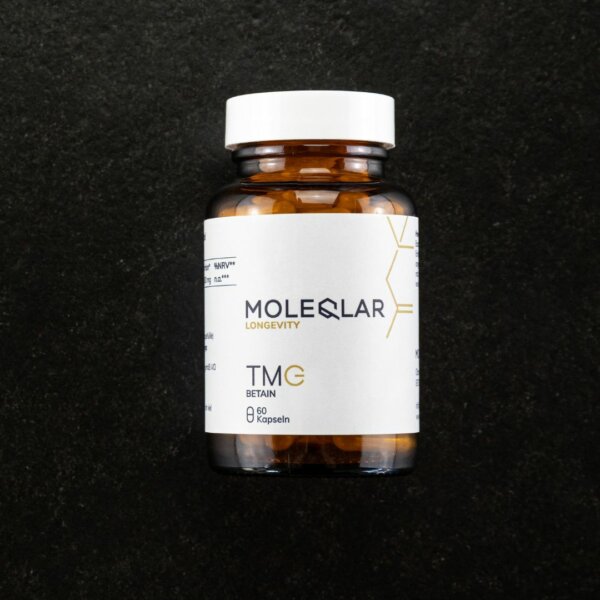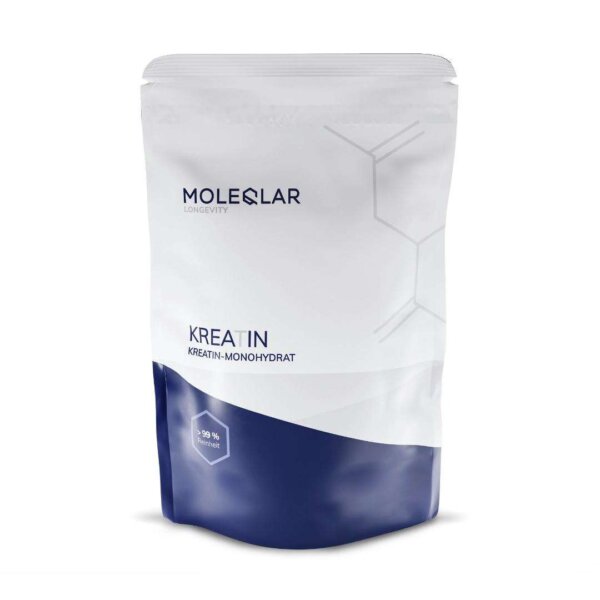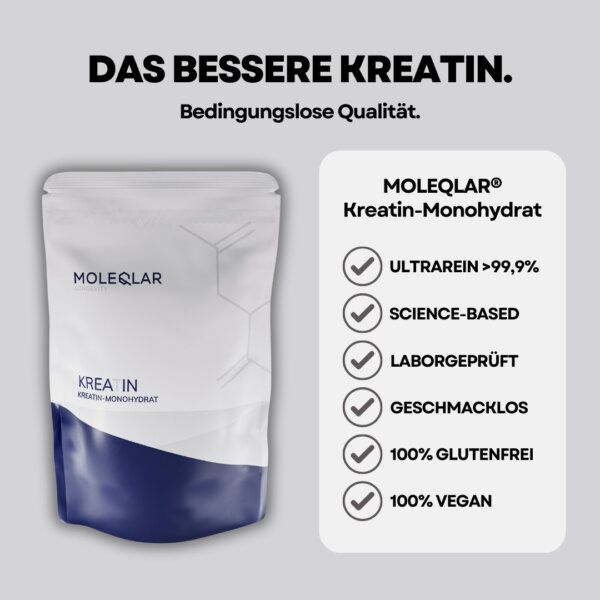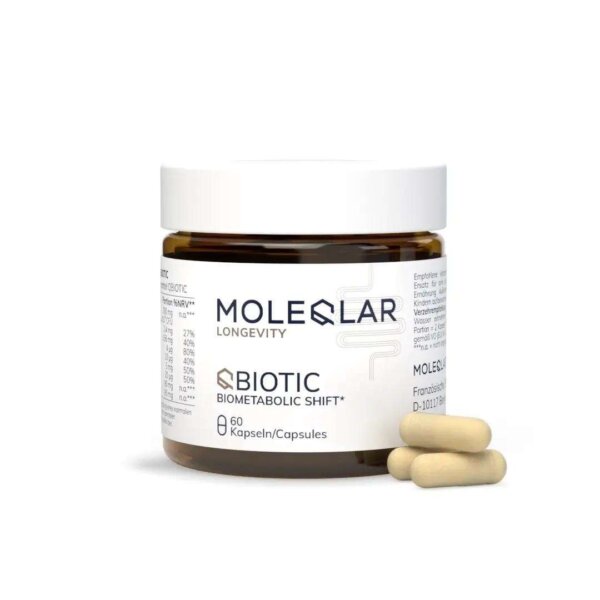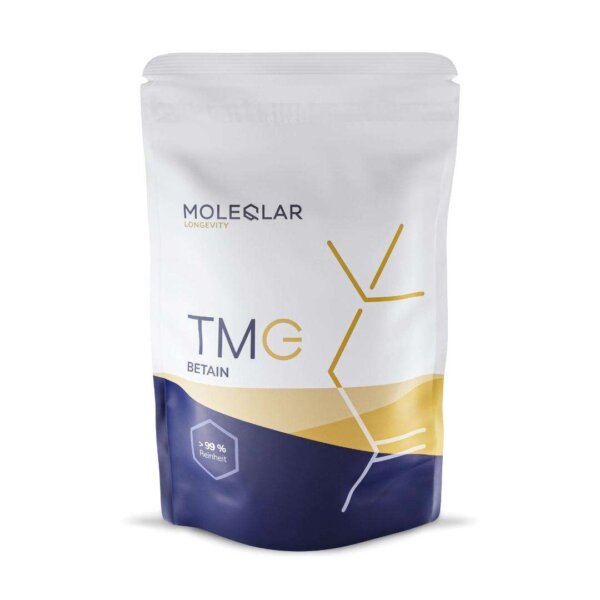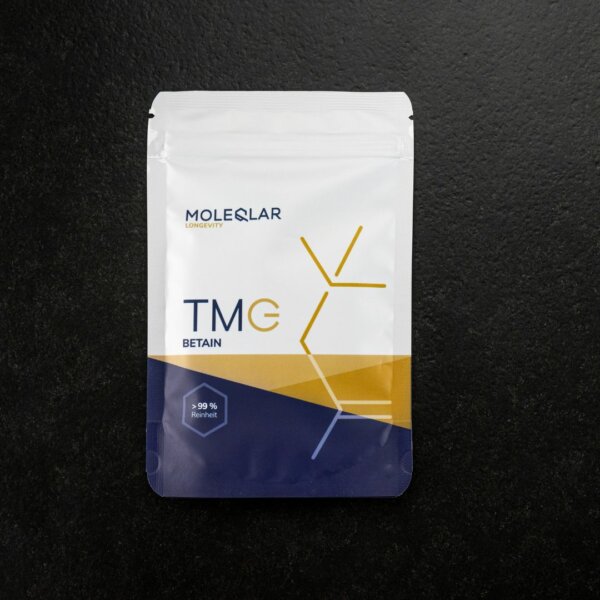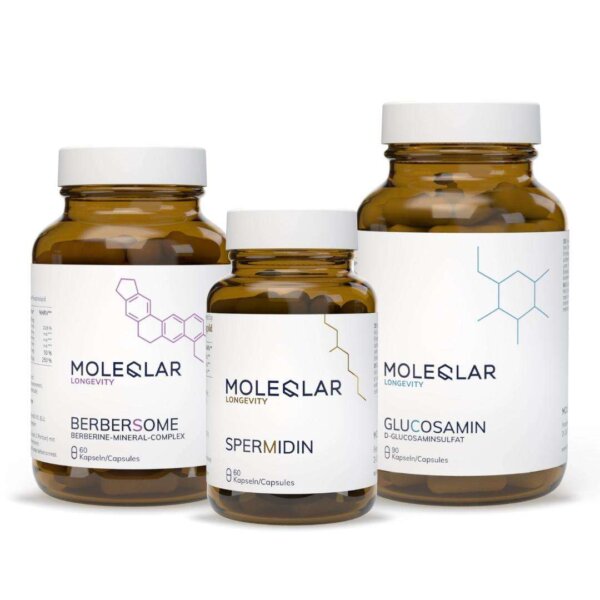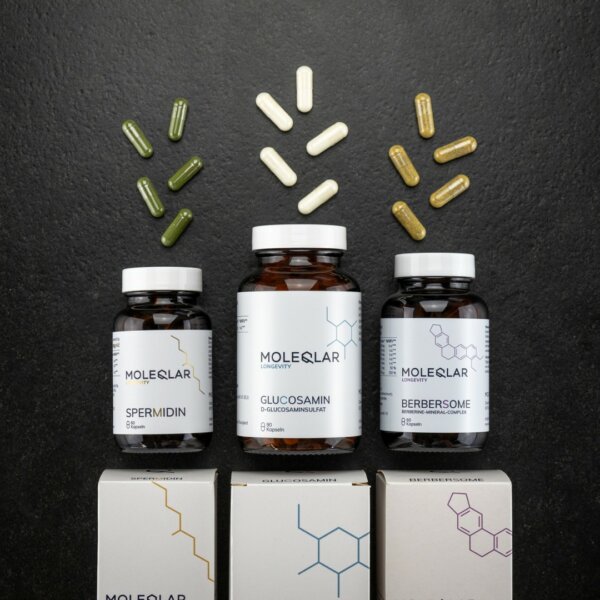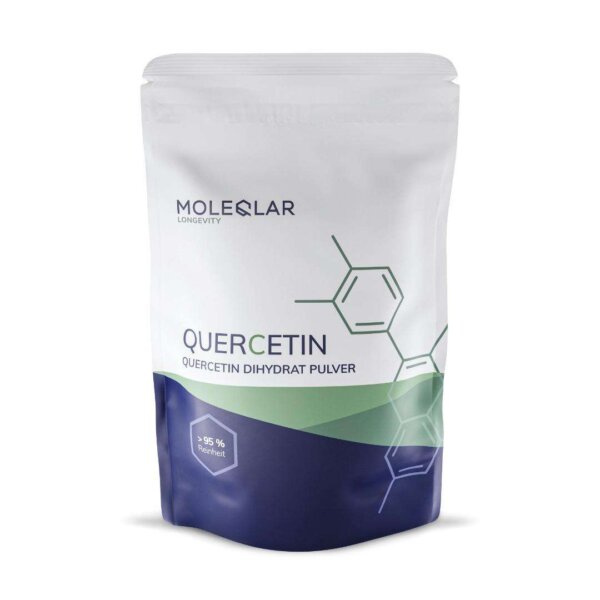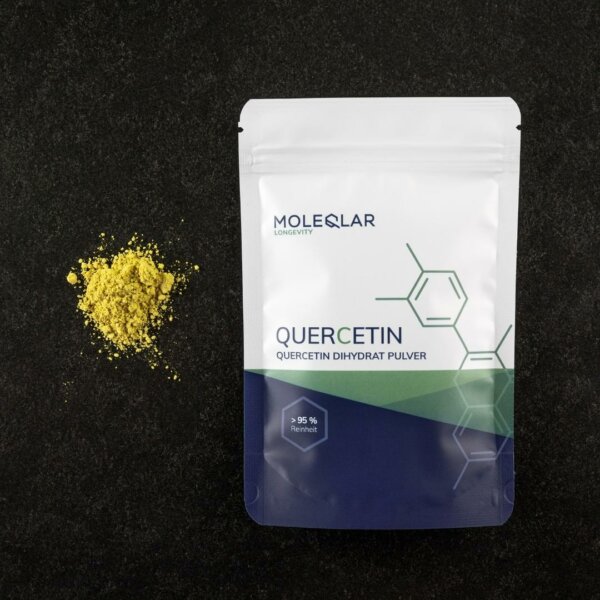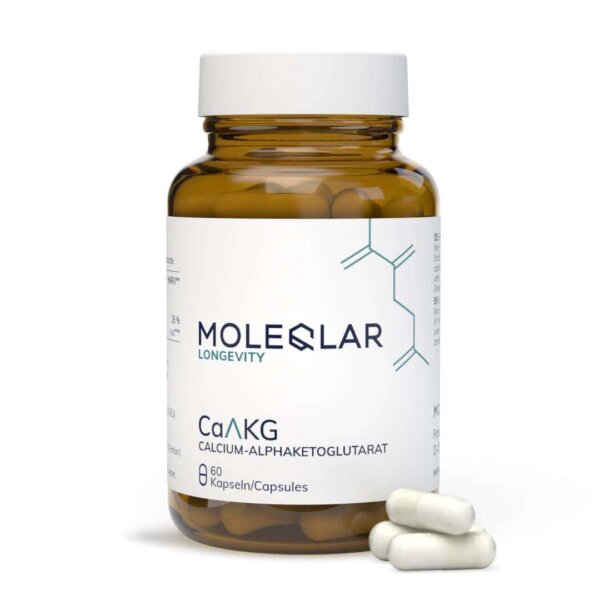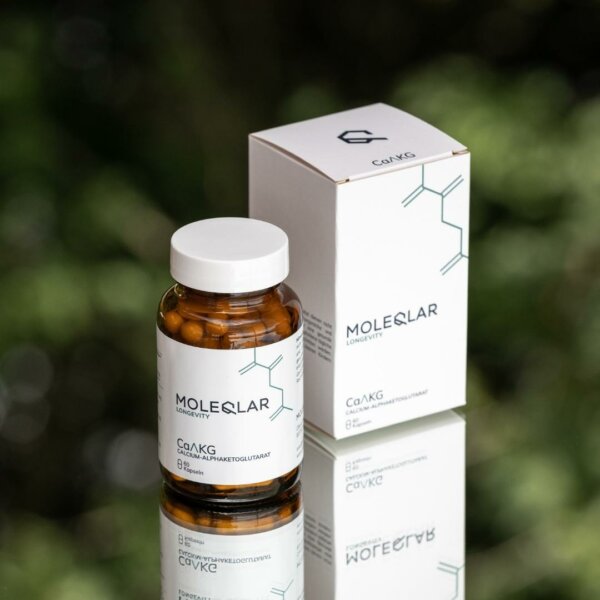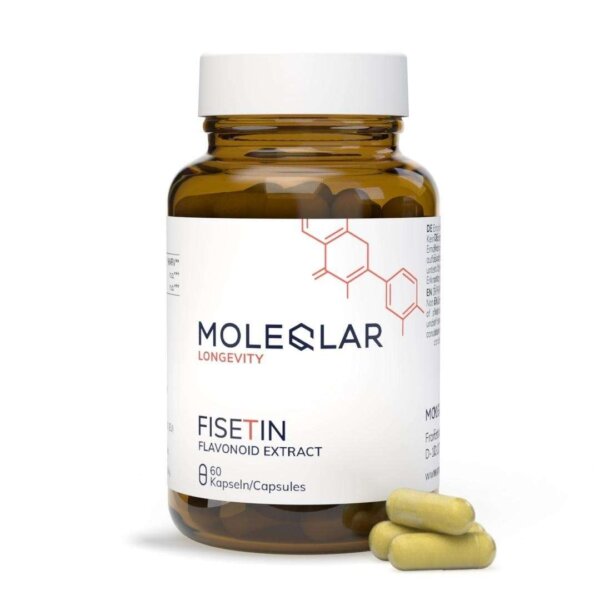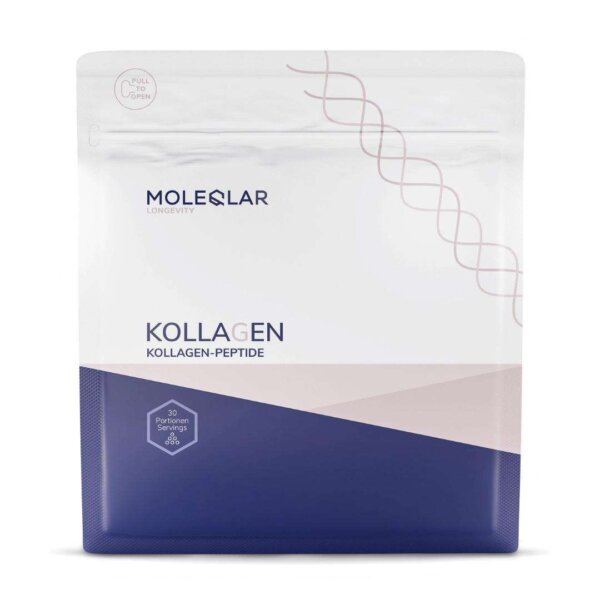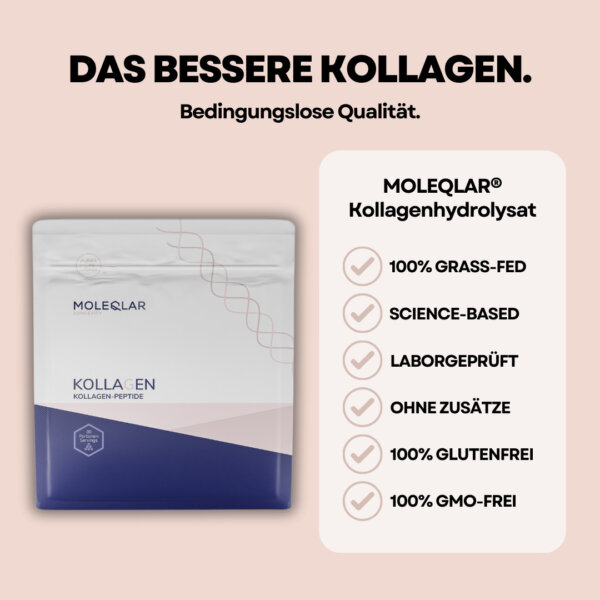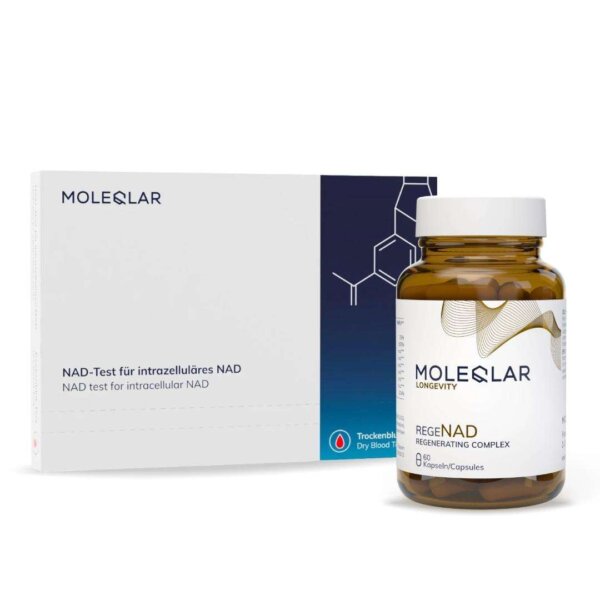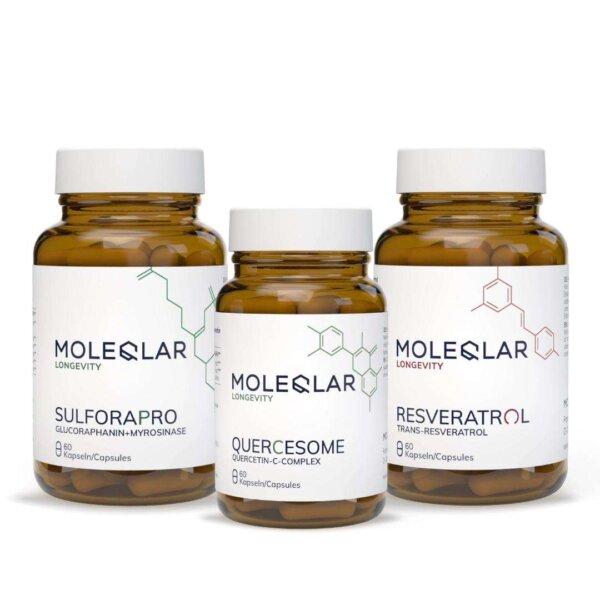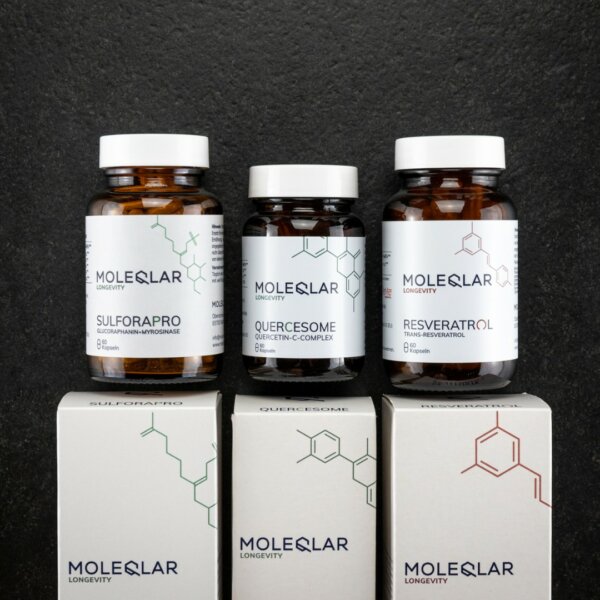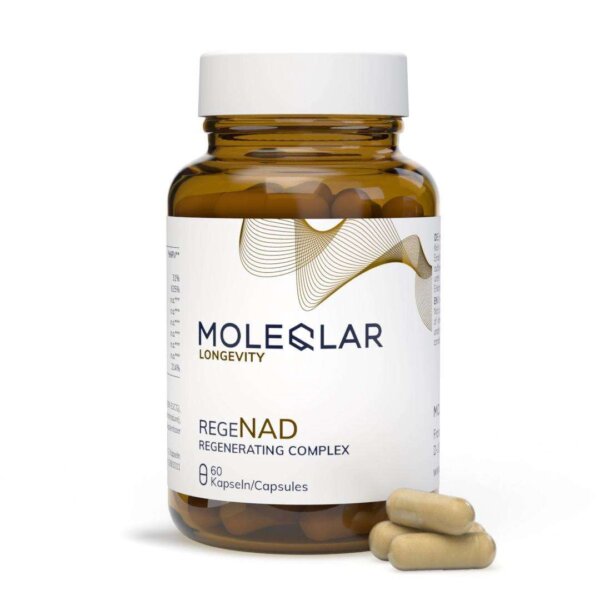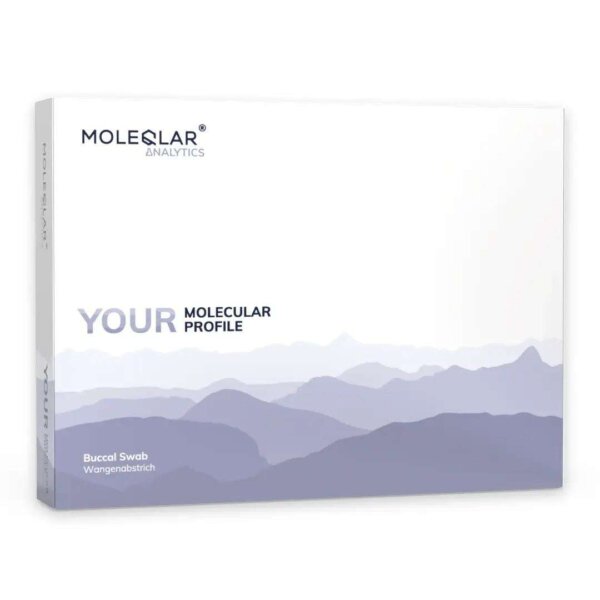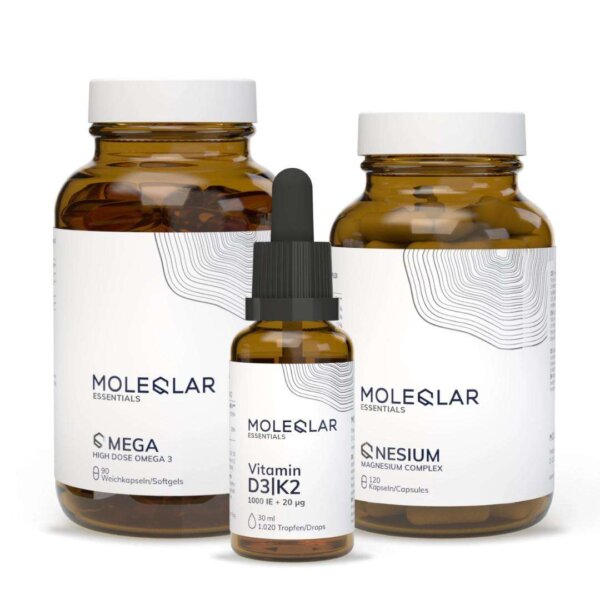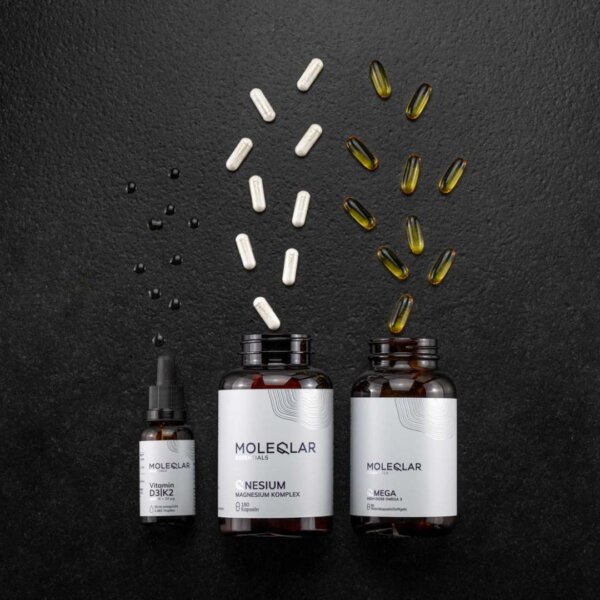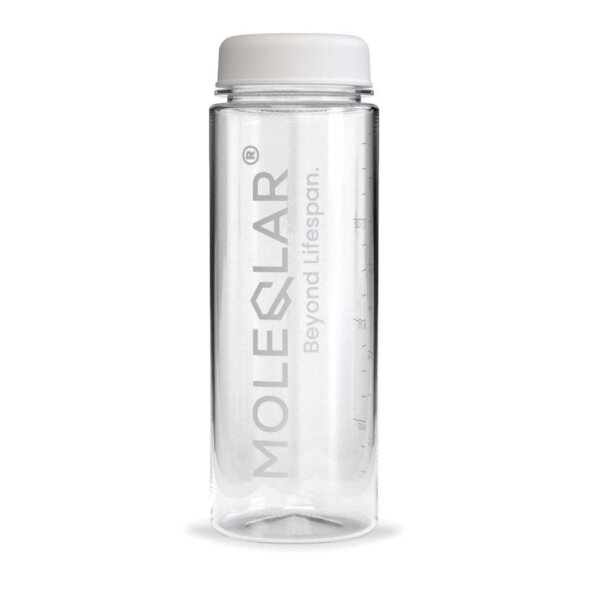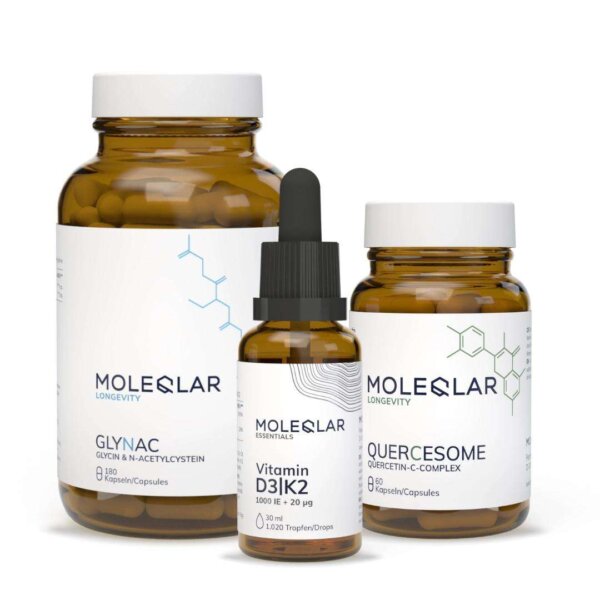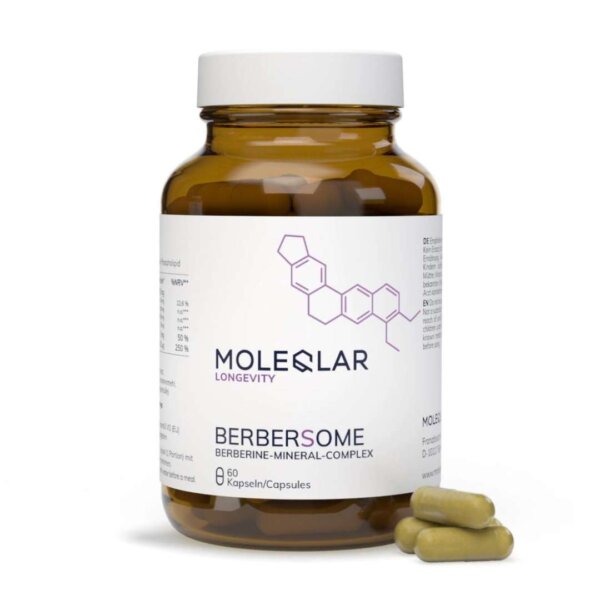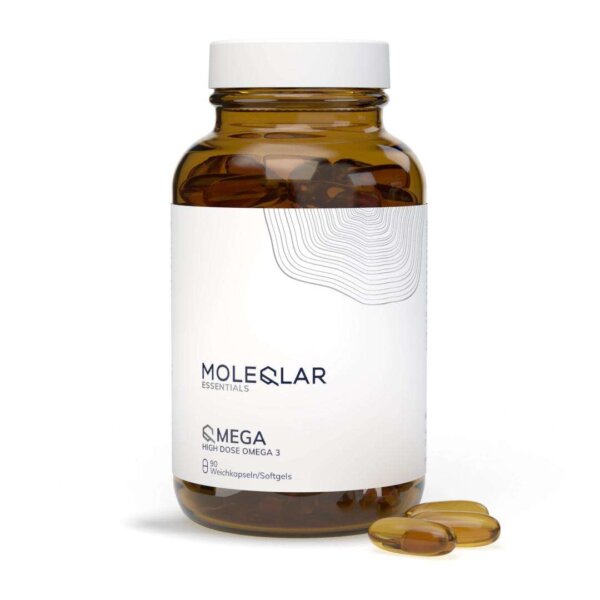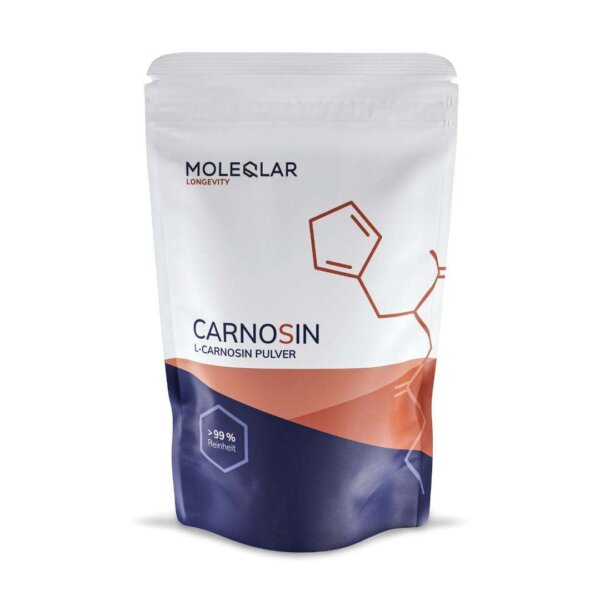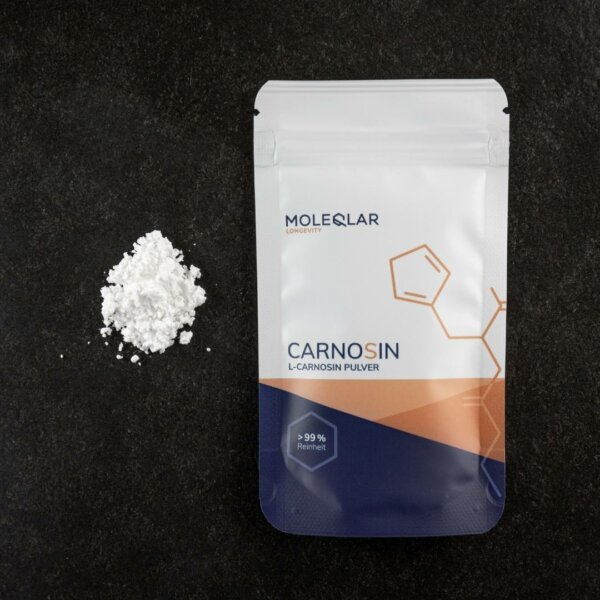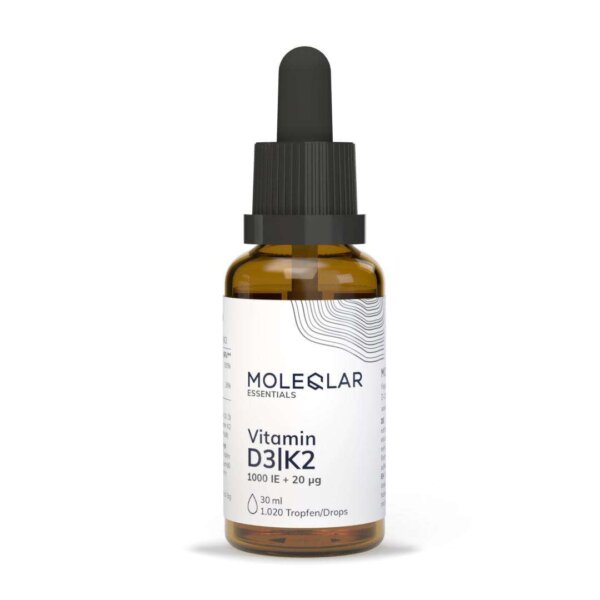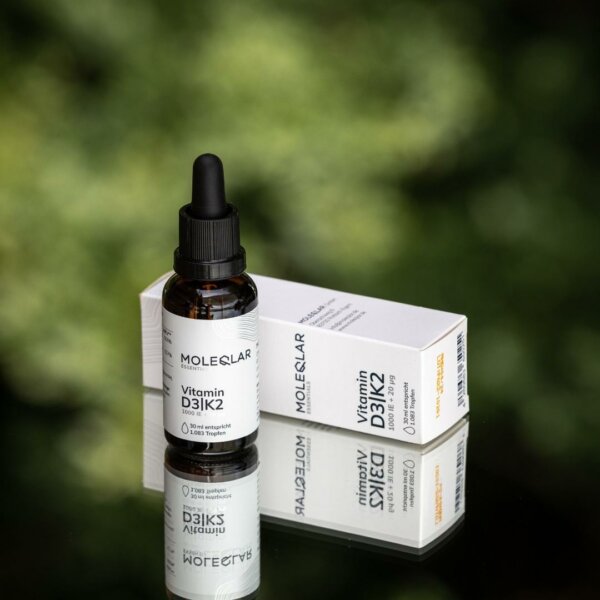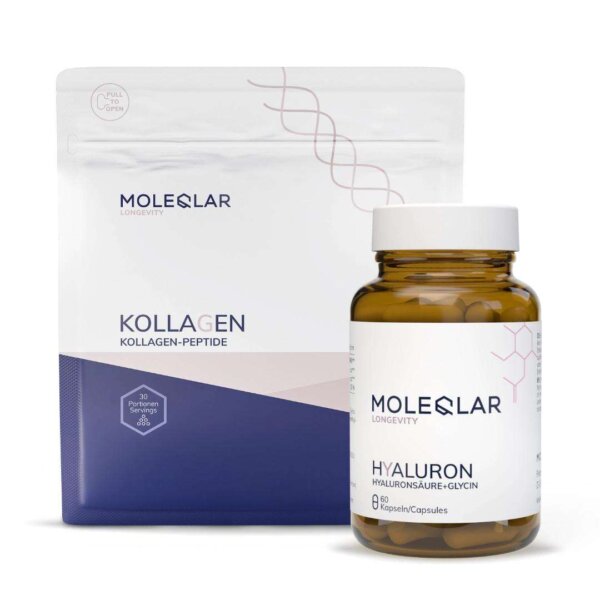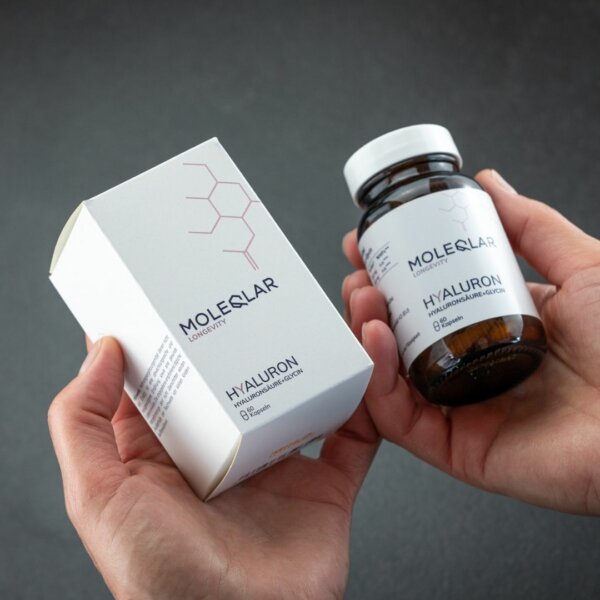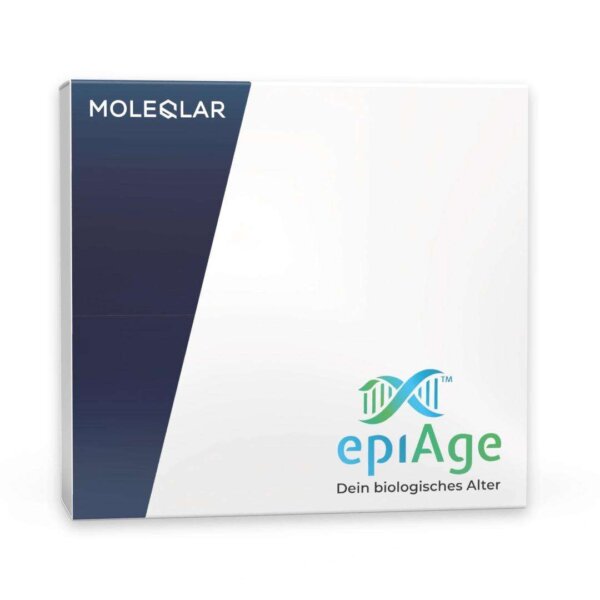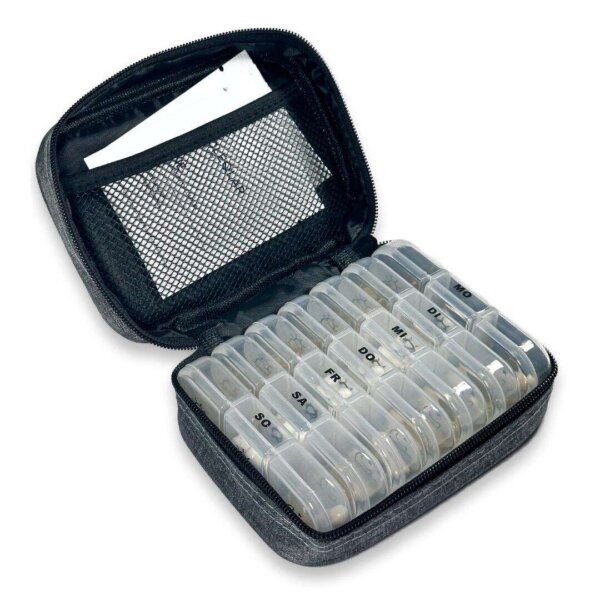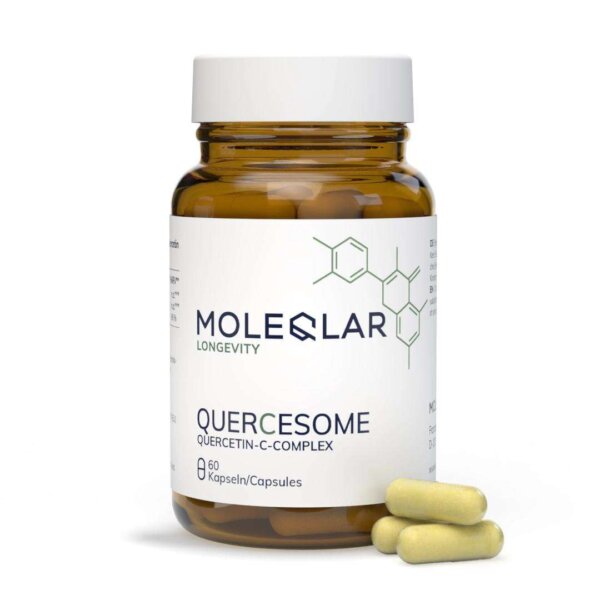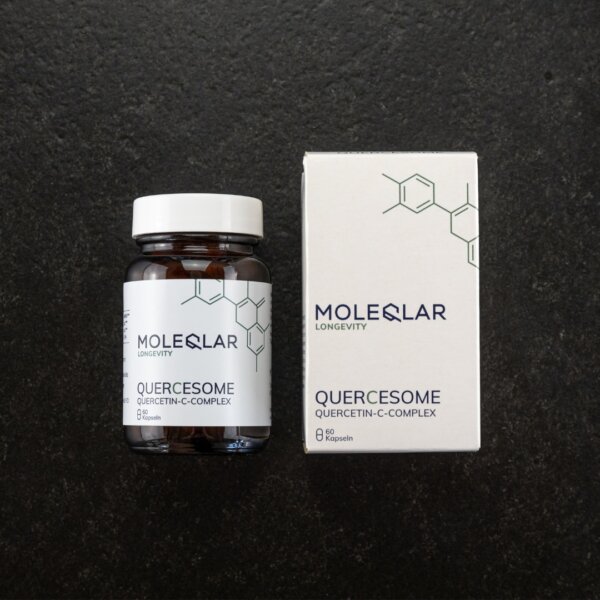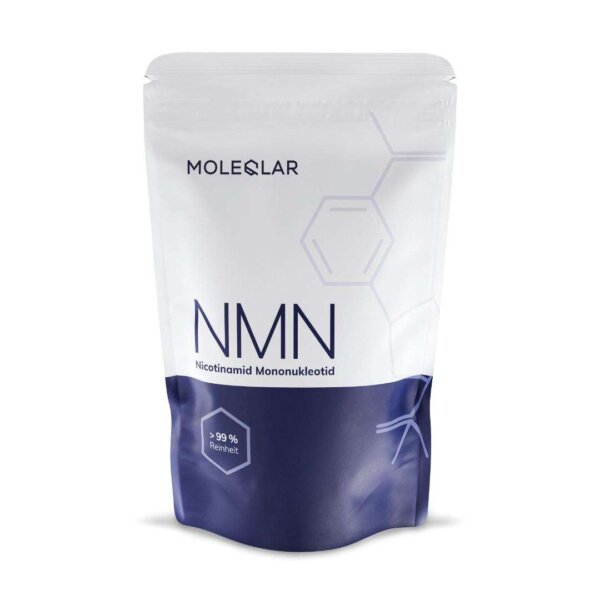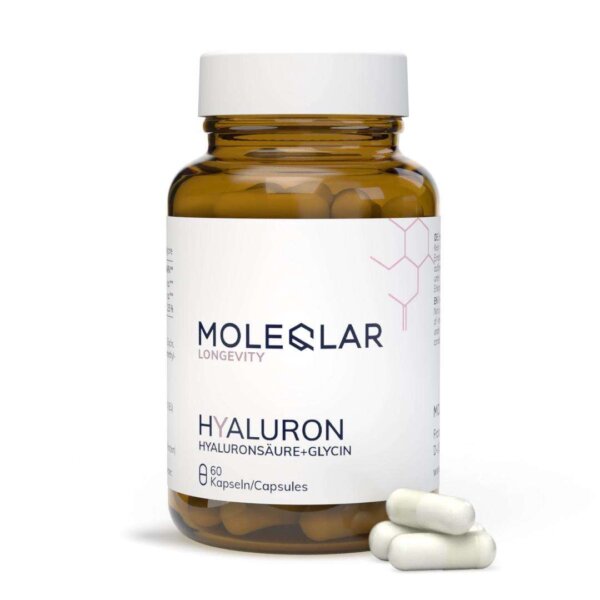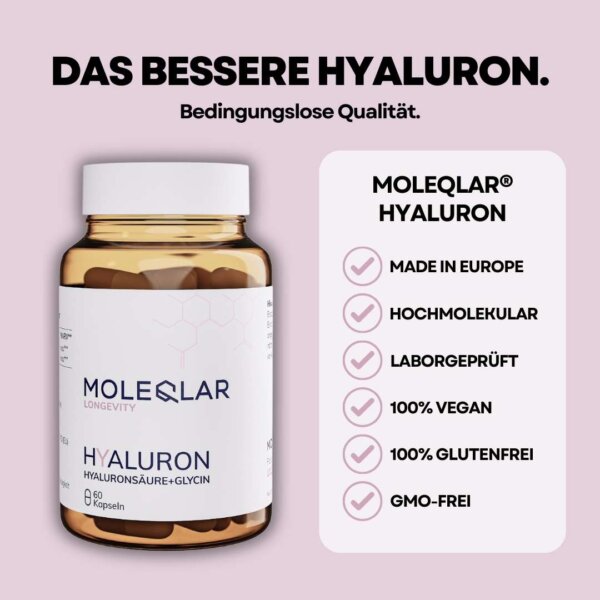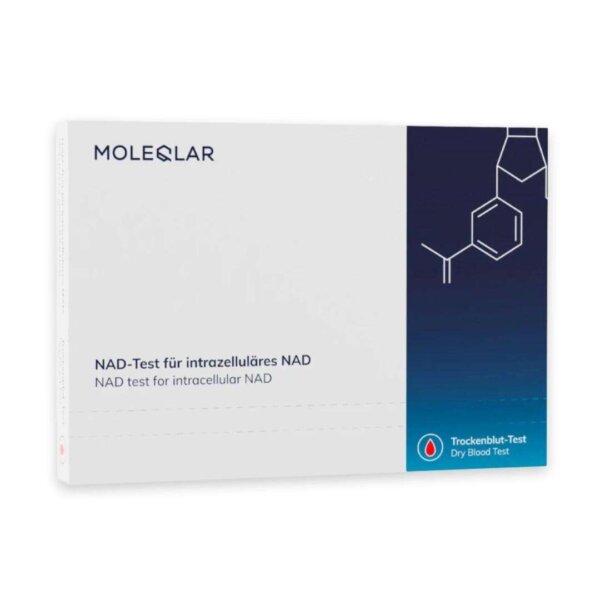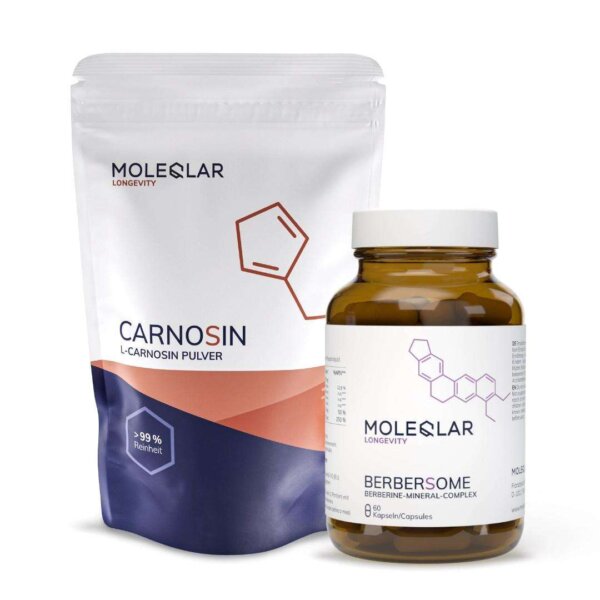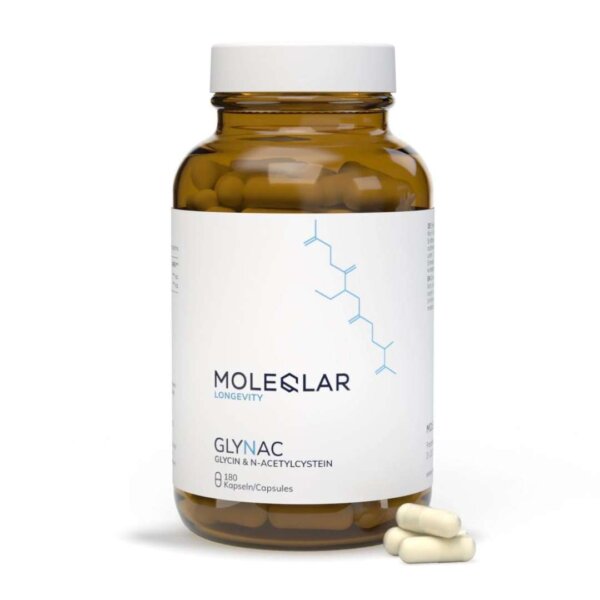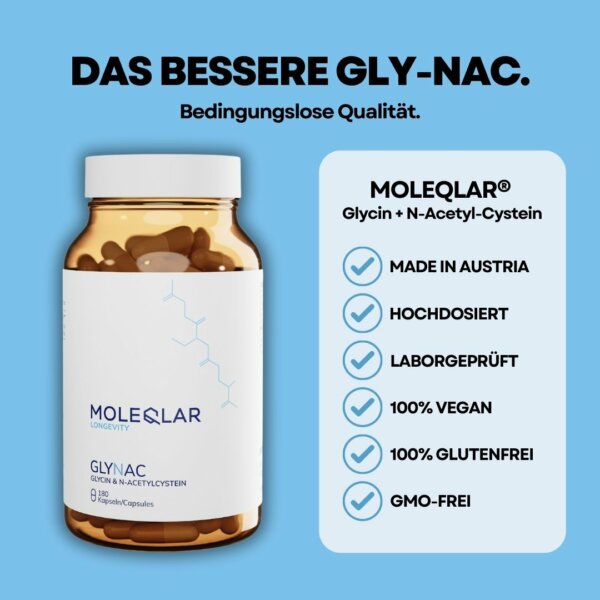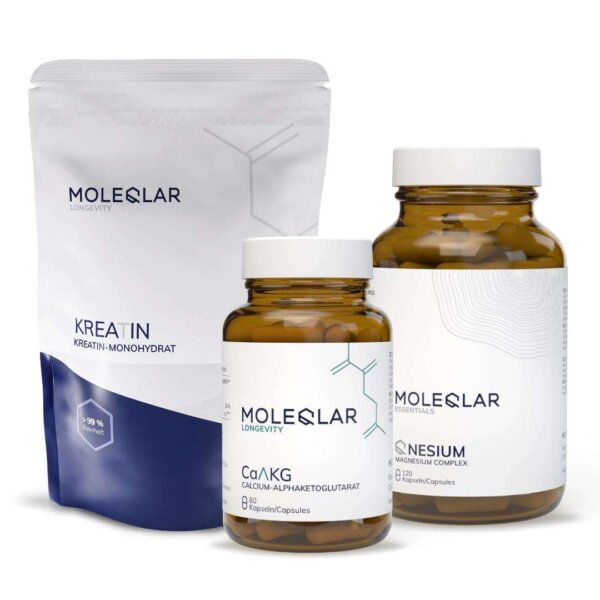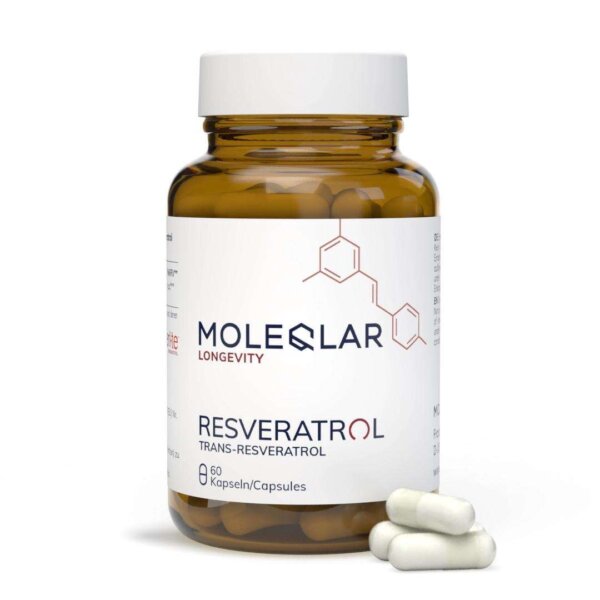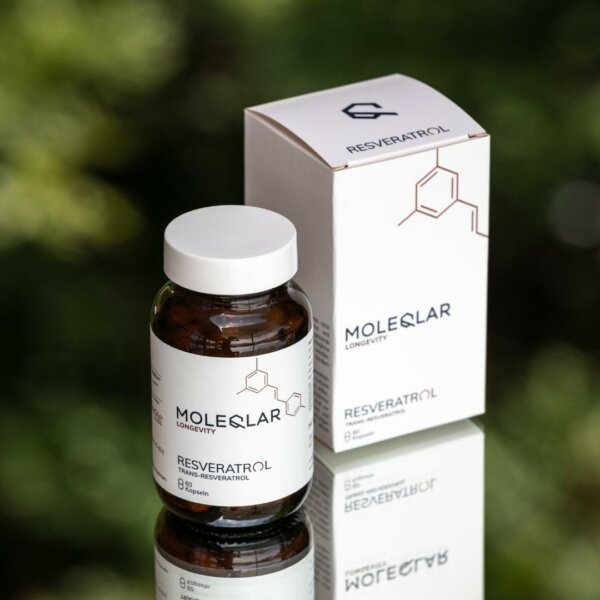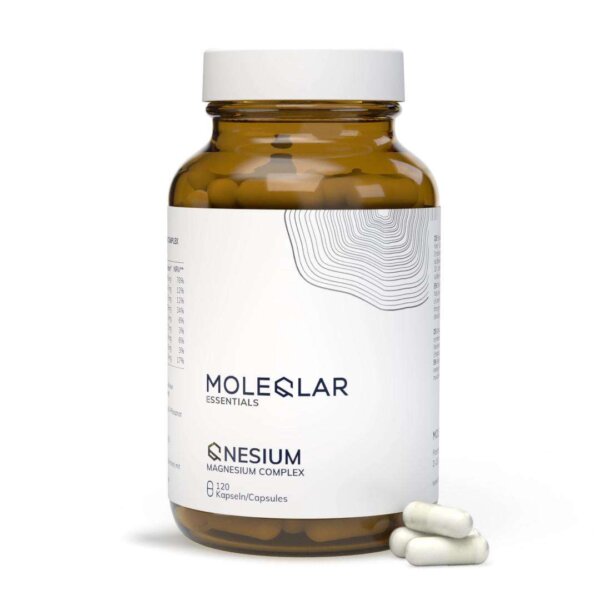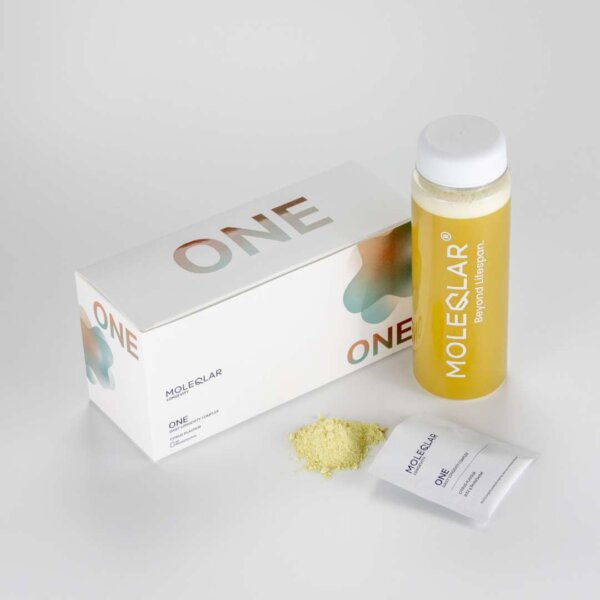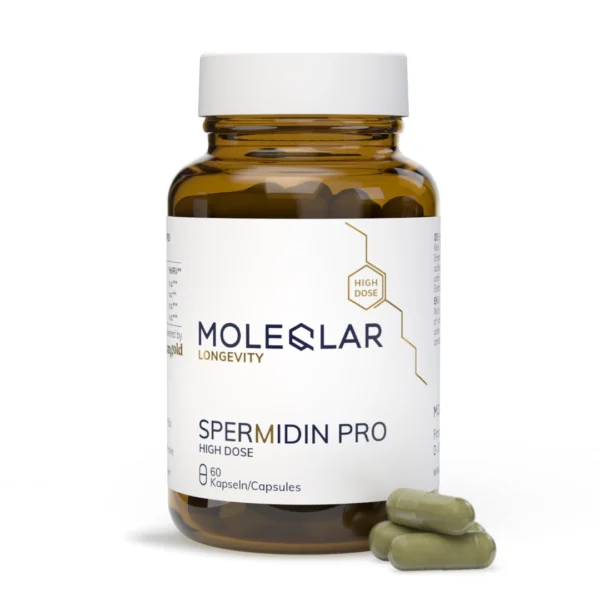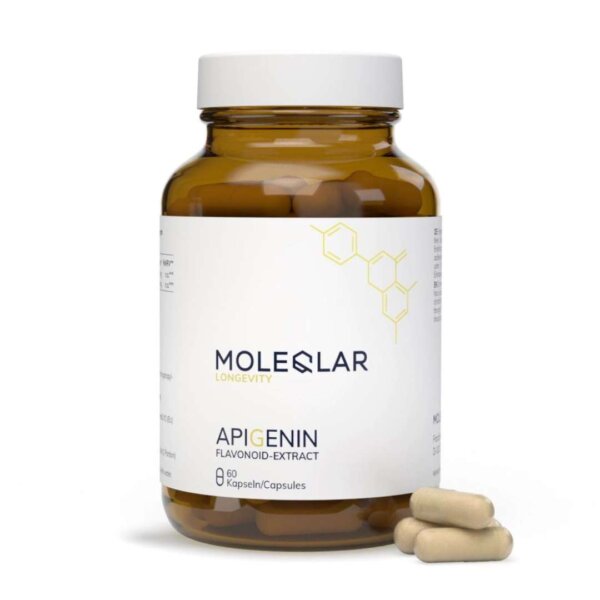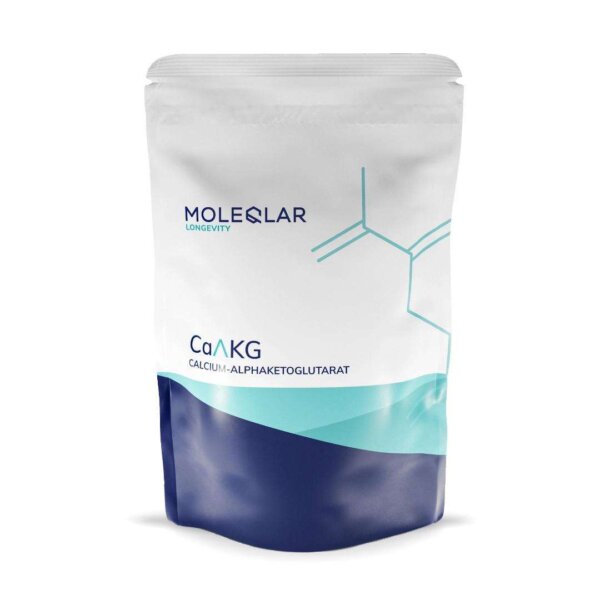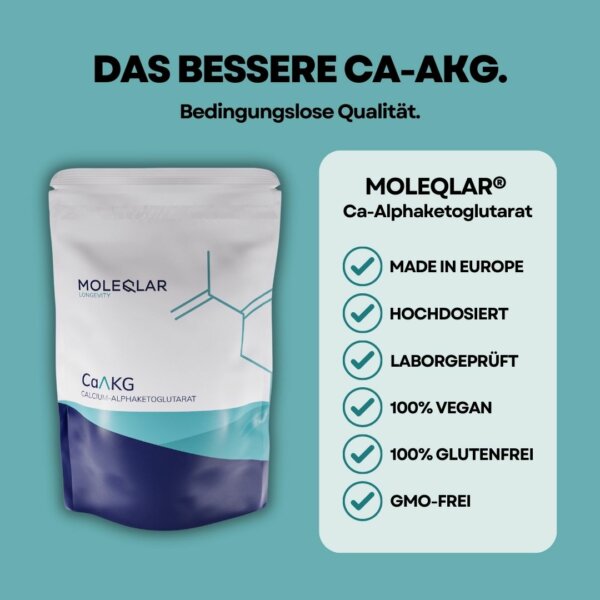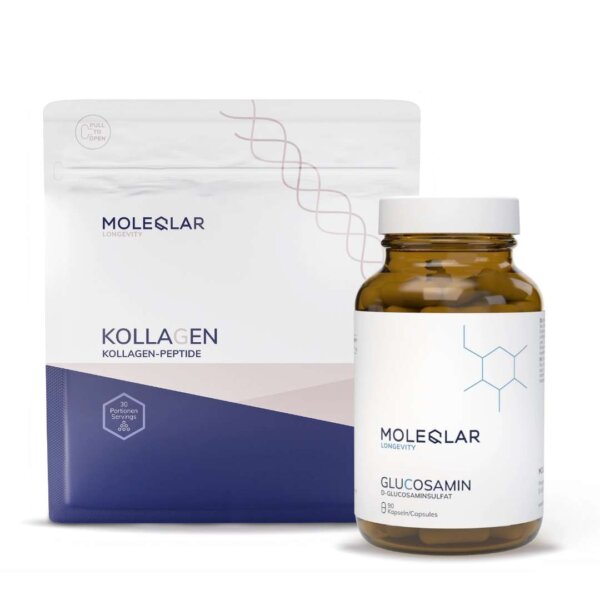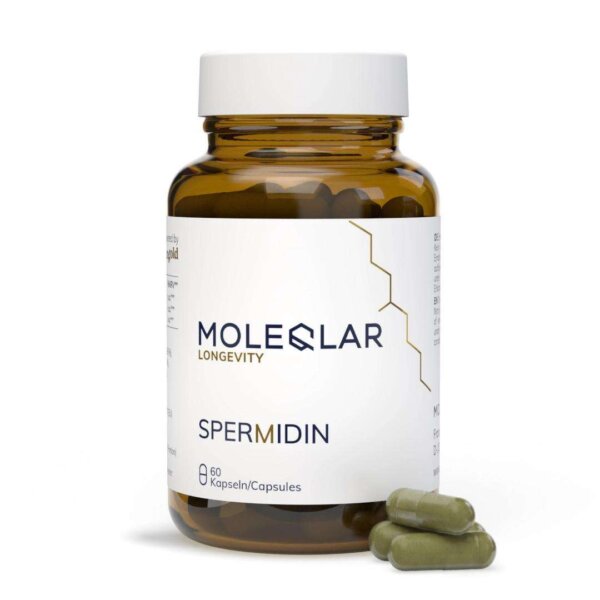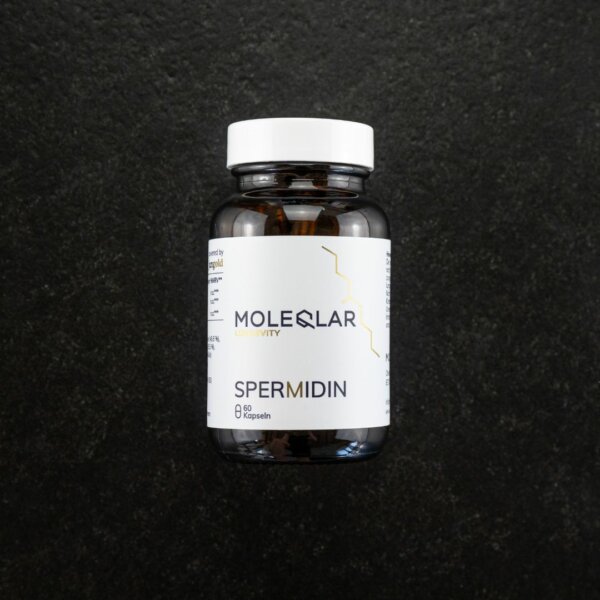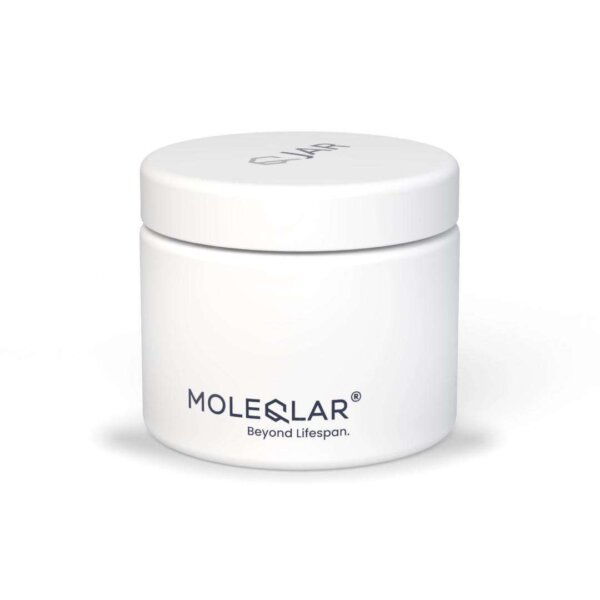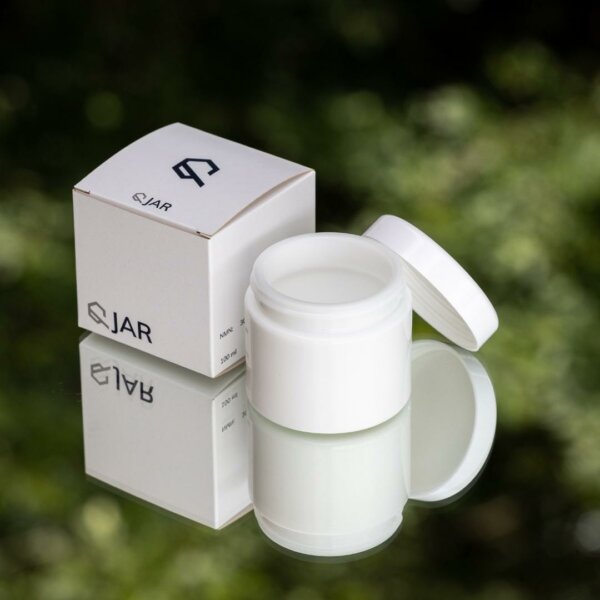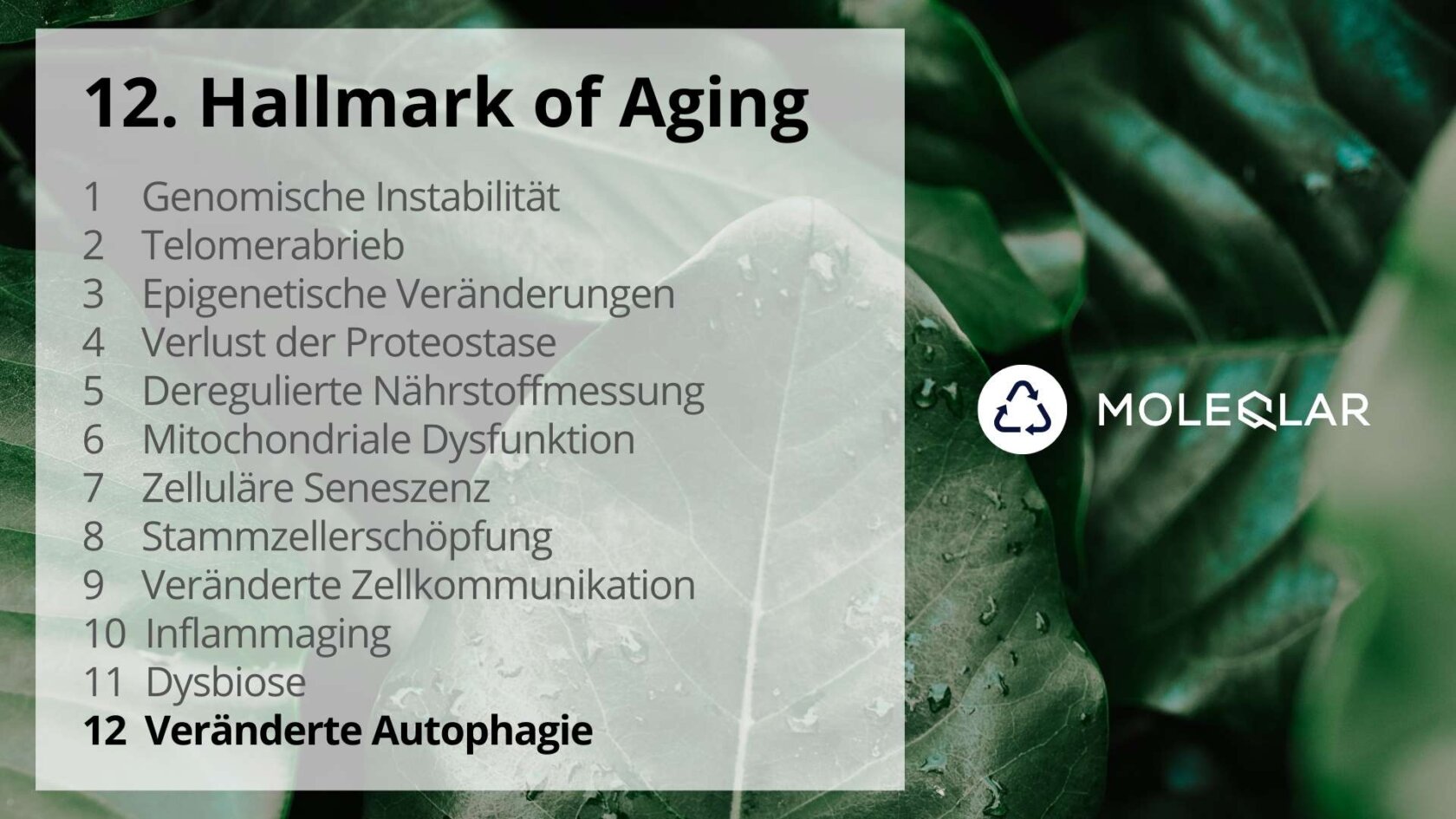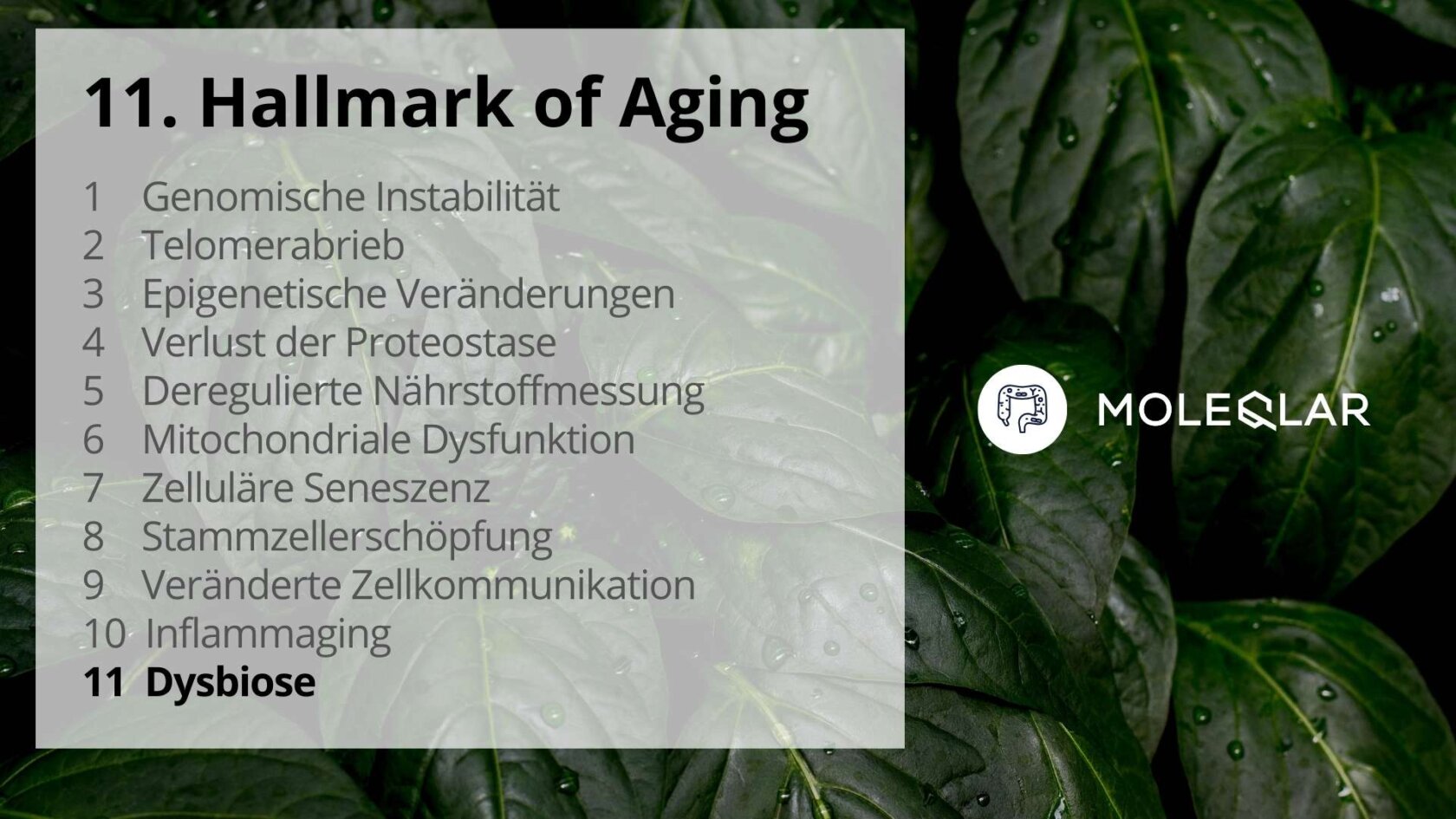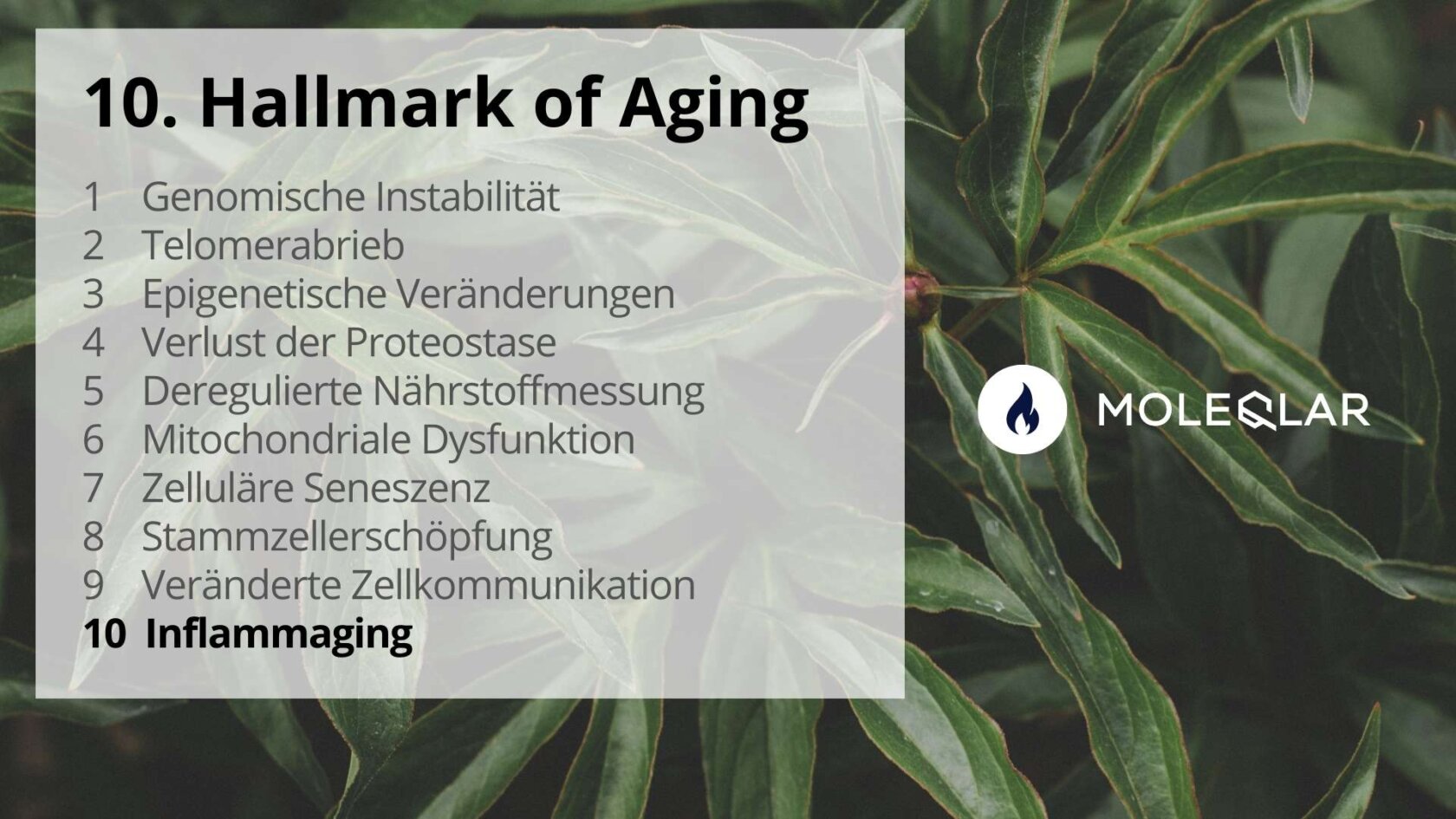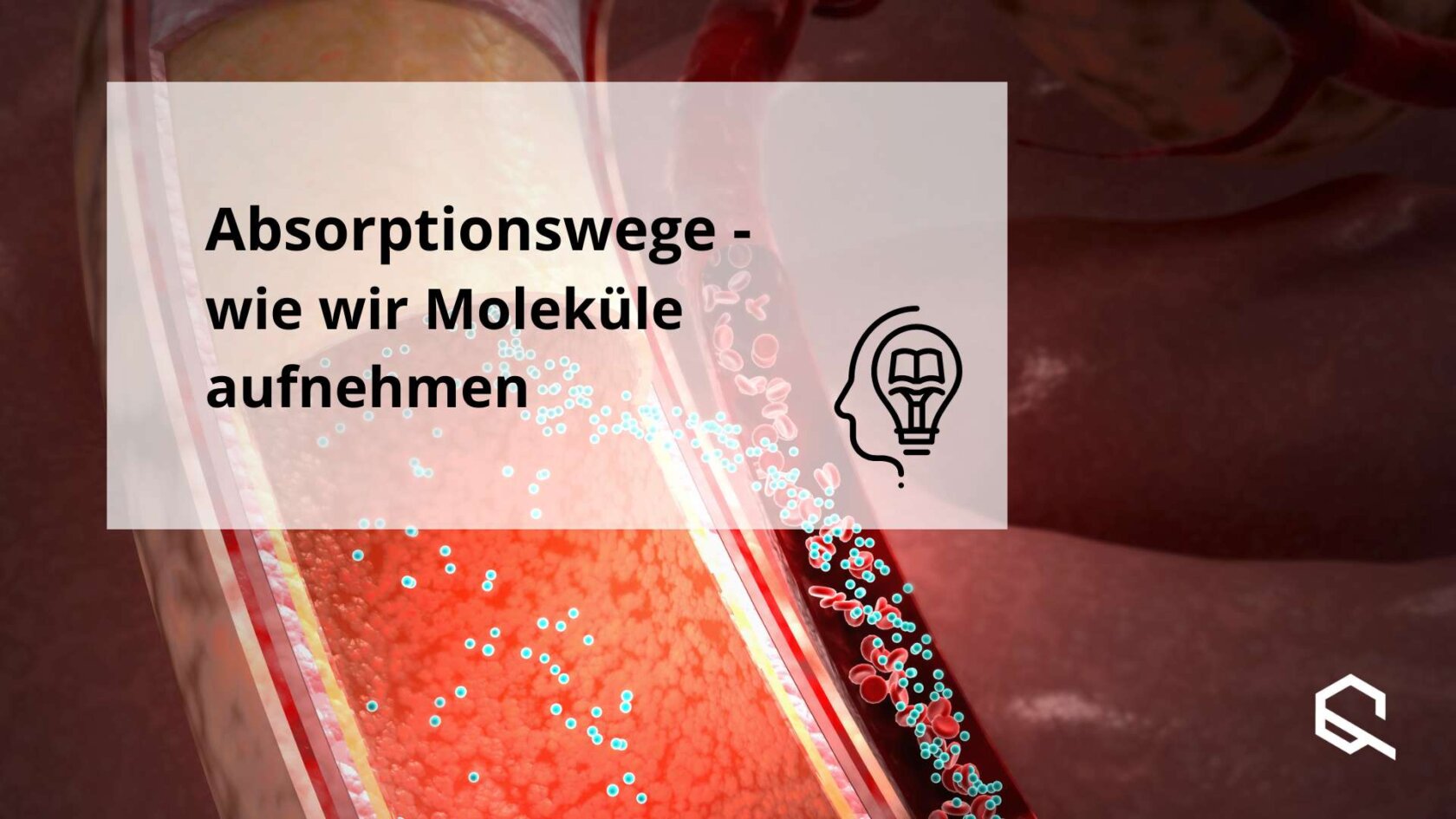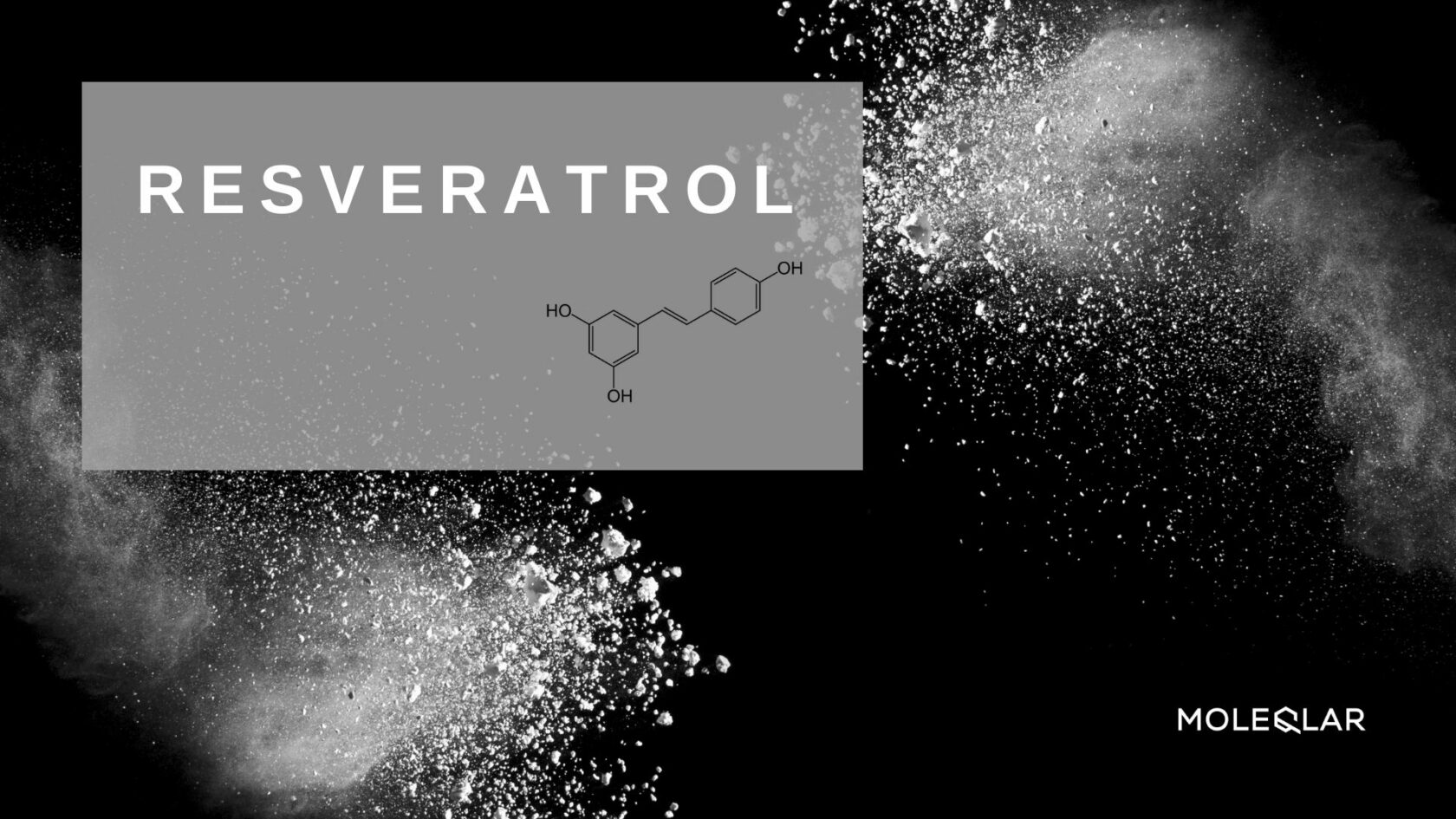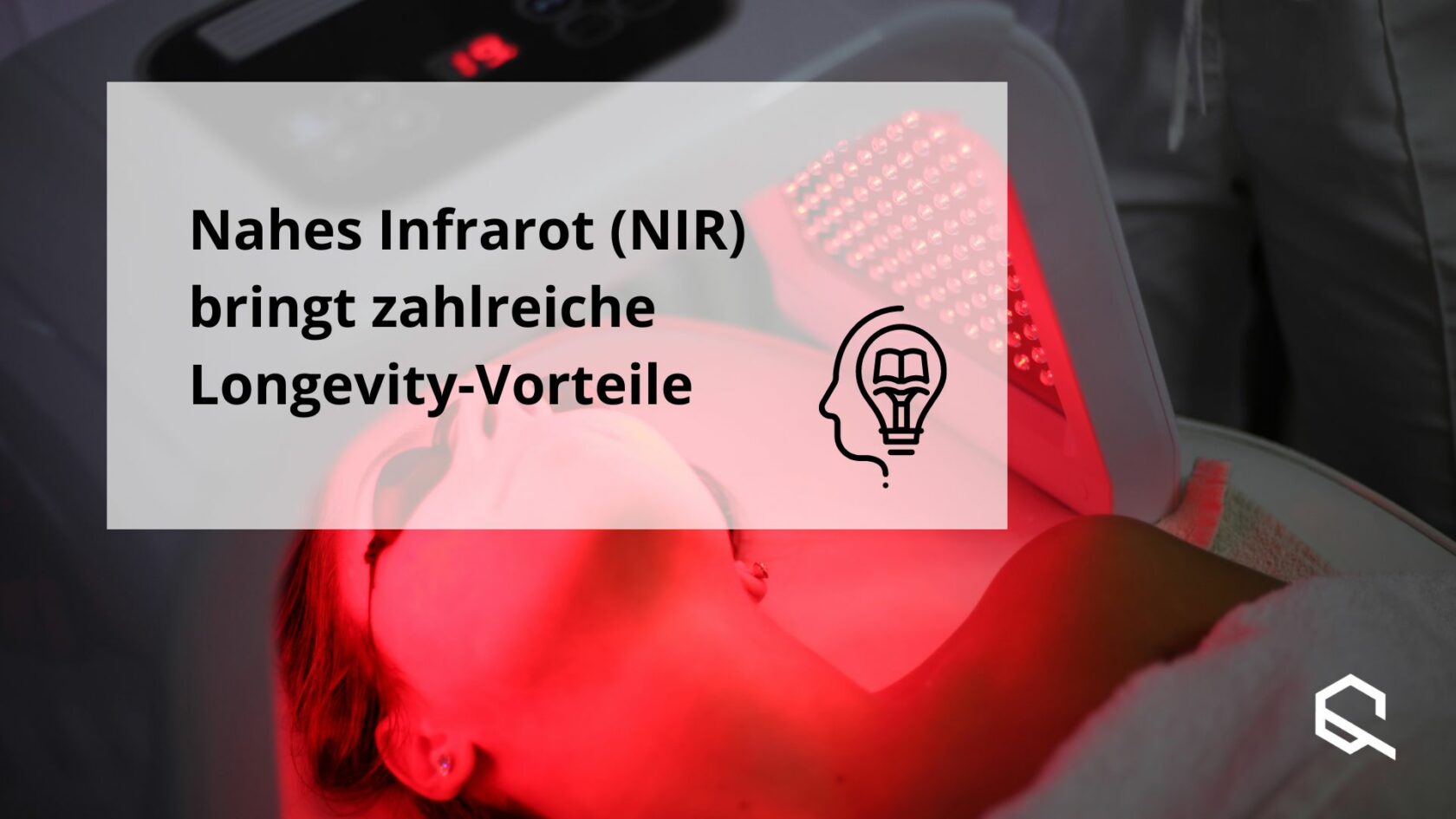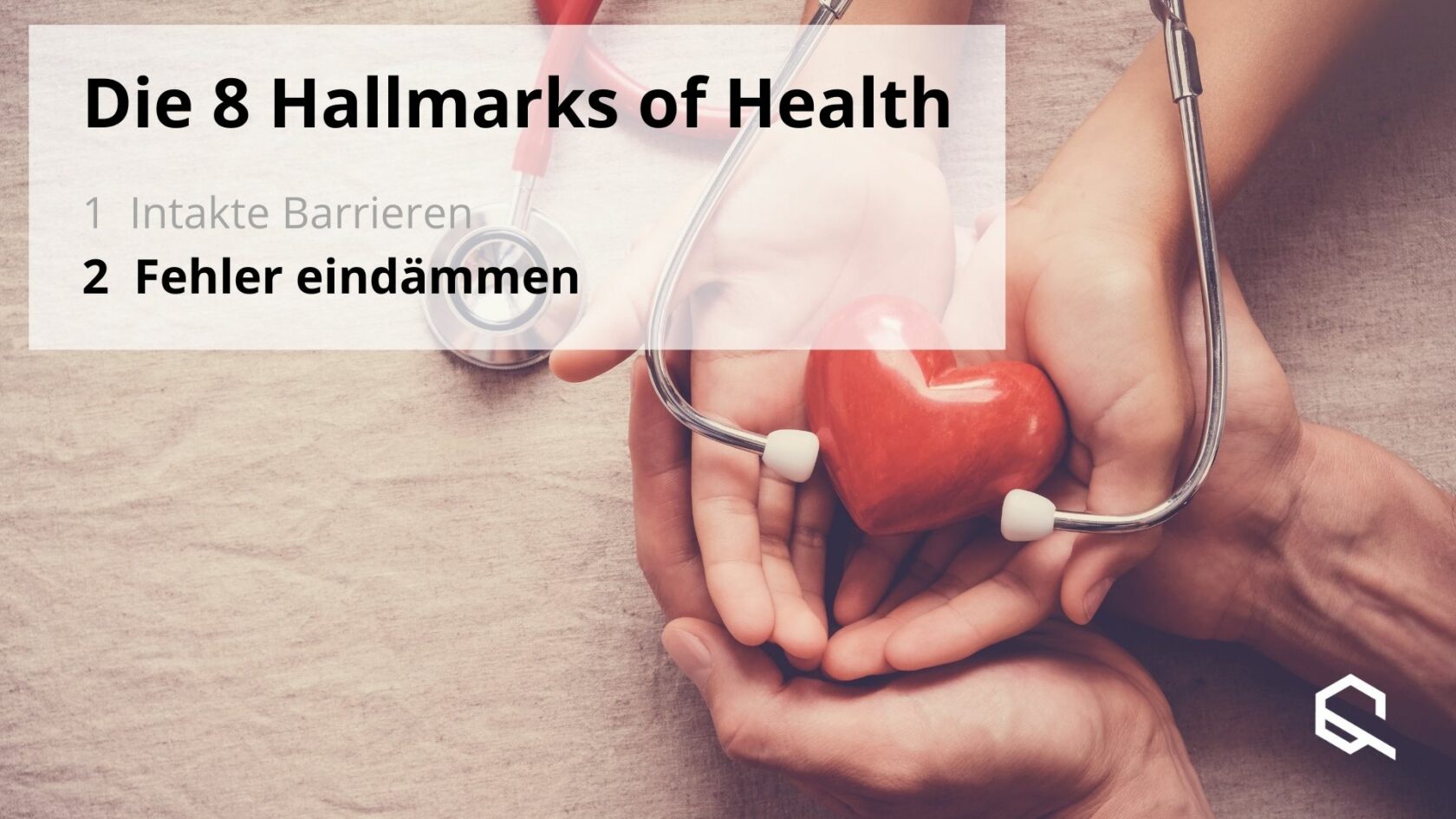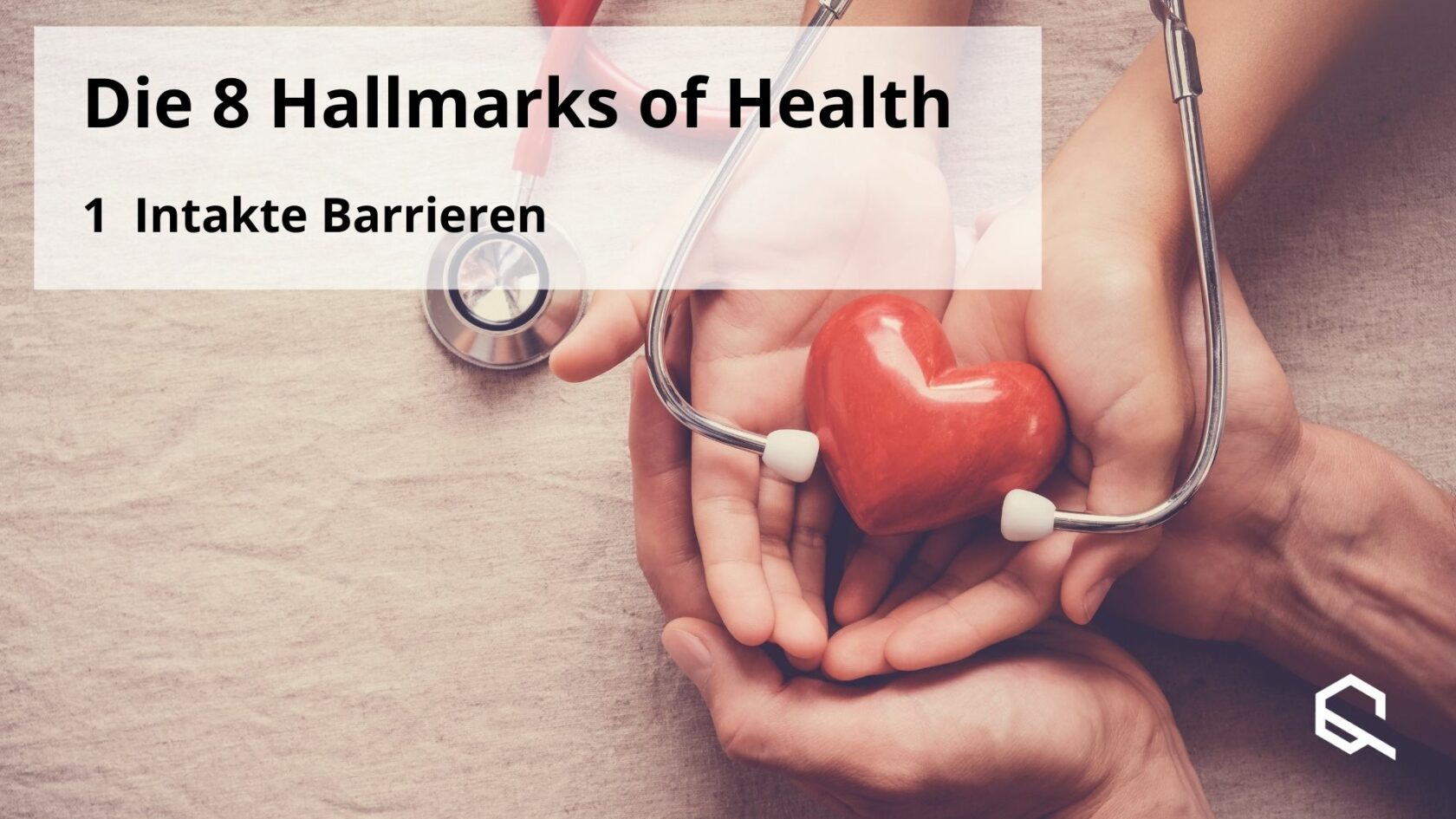The concept of ageing ranges from wrinkled skin, declining performance and hair loss to forgetfulness. It is therefore a very broadly defined term. This is hardly surprising when you consider how differently the process manifests itself in people. However, all the processes described are merely the final state of a series of reactions and conditions in our body.
In order to better understand the molecular processes, researchers around the world are trying to decipher the processes behind our wrinkles and our increasingly poor performance in old age.
In this respect, science is a kind of construct that is not satisfied with the status quo, but constantly strives to gain new knowledge. In many cases, this very approach leads to the following view:
"If you understand how something works, then you can also try to change it."
Longevity is no different. A group led by researcher Carlos López-Otín has described nine hallmarks of ageing in a highly regarded paper. These nine hallmarks were expanded to twelve in 2023 with the addition of three more. We will give you an overview of all 12 hallmarks here and go into more detail in the individual articles.
Did you know? The 12 Hallmarks of Aging describe how our body ages at a molecular level. However, we are not powerless against it. Recent research has revealed why fasting and exercise, for example, have a positive effect on the Hallmarks of Aging. From all these findings and dozens of scientific studies, we have developed the ONE (Daily Longevity Complex) for you. 13 carefully selected ingredients that cover all Hallmarks of Aging.
1. genomic instability
DNA is similar to a blueprint for our body - if certain pages are missing, the whole book or the whole plan sometimes makes no sense. The body is better able to repair such changes at a young age than in later phases of life. In addition, we are more prone to errors as we get older.
2. telomere attrition
DNA is not a single large book per se, but the genetic information is divided into 23 smaller books (chromosomes). Each individual cell is equipped with this small library (genome). The last chapter of these "little books" is special and is known as the telomere. No more information is encoded here; instead, the telomeres act as degradation protection for the DNA. The telomeres naturally become shorter with each cell division. As soon as a certain threshold (Hayflick limit) is reached, cell function ceases.
3. epigenetic changes
Epigenetics attempts to explain which factors temporarily determine the activity of a gene and subsequently the development of the cell. However, these factors are not based on any changes in the genetic information (example: mutations), but on various small proteins that can bind to the DNA. As a result, the binding can (more or less) influence the activity of one or more genes. Epigenetics is also involved in the development and differentiation of cells.
4. loss of proteostasis
Proteostasis is made up of the two terms proteome (all the proteins that can be produced in the body) and homeostasis (balance). If something goes wrong in the regulation of proteins, individual proteins may no longer occur at all or may occur in excess. This in turn influences the functionality of the cells. This process plays a role in well-known diseases such as Alzheimer's and Parkinson's.
5. deregulated nutrient measurement
The body's reaction to food intake is relevant for this indicator. It is regulated in conjunction with growth hormone and other hormones. Among other things, calorie restriction and fasting are important here. We also look at autophagy and special longevity genes: the sirtuins, which Dr. David Sinclair has also researched extensively.
6. mitochondrial dysfunction & mitohormesis
As cells and organisms age, the effectiveness of energy production in our cellular power plants - the mitochondria - tends to decrease. This finding is based on two mechanisms. Firstly, electrons are lost and secondly, ATP production decreases. ATP is the most important source of energy in our body. In this context, we also become familiar with the term mitohormesis.
7. cellular senescence
Cellular senescence describes the state of an inactive cell cycle. This means that the cell shuts down its functionality and can no longer divide. This standstill is often triggered by DNA changes. In a way, it is a protective mechanism. This protective mechanism is well-intentioned, but sometimes poorly executed, especially in old age. Senolytics are often discussed in connection with senescence.
8. stem cell exhaustion
With age, the ability of our stem cells to divide decreases - they become "exhausted". As a result, broken or damaged cells can no longer be renewed. Ultimately, this means that a wide variety of tissue types can no longer adequately regenerate or recover.
9. altered intercellular communication
This characteristic looks beyond the cell-autonomous level. Ageing also involves changes in the communication between cells. An increasing inflammatory reaction and a decreasing immune surveillance are exemplary consequences of this factor with sometimes drastic effects on physiological ageing.
10. inflammaging
Chronic inflammation is one of the signs of ageing, or rather inflammation levels increase with age, which is summarized under the acronym "inflammaging". There are many reasons for this, ranging from vascular deposits (arteriosclerosis) to neuroinflammation or pro-inflammatory signals from visceral fatty tissue. This can be measured using inflammatory parameters such as CRP or interleukin-6 (IL-6). IL-6 in particular is considered a marker for increased mortality if levels are chronically too high. Inflammaging is closely linked to the other hallmarks and the boundaries are often blurred.
11. dysbiosis
We do not live alone - our intestines contain billions of bacteria with which we form a symbiotic relationship. This balance is not only shifted in some diseases, but also no longer seems to work to our advantage as we age. The symbiosis becomes a dysbiosis in our microbiome.
12. altered (macro) autophagy
When the "waste disposal system" goes on strike in old age, this is known as altered (macro)autophagy. Every day, large amounts of cellular waste accumulate in our body, which is autophagized, i.e. disposed of, by specialized helpers. This can be proteins, nutrients, but also entire cell organelles such as mitochondria. In old age, this autophagy no longer functions properly - with far-reaching consequences for our health.
At first glance, it all sounds very scientific, opaque and difficult to understand - but don't let that put you off! We will now take a closer look at each of the Hallmarks of Aging in a series of articles with the aim of helping you to understand the basics of ageing.
This excursion into the deeper cell biology of ageing is full of surprises. We will show you why there are "zombie cells" in your body and what they have to do with ageing. Or you will learn how your cells dispose of their waste and why this no longer works so well as you age. So don't worry, we've broken down the somewhat dry theory for you in an understandable and exciting way. By the end of this series, you will be well informed about what causes ageing and how we can (perhaps) stop it.
Literature
- López-Otín, C., Blasco, M. A., Partridge, L., Serrano, M., & Kroemer, G. (2013). The hallmarks of aging. Cell, 153(6), 1194-1217. link
- López-Otín, Carlos et al. "Hallmarks of aging: An expanding universe." Cell vol. 186.2 (2023): 243-278. link
Graphics
The images were purchased under licence from Canva.



